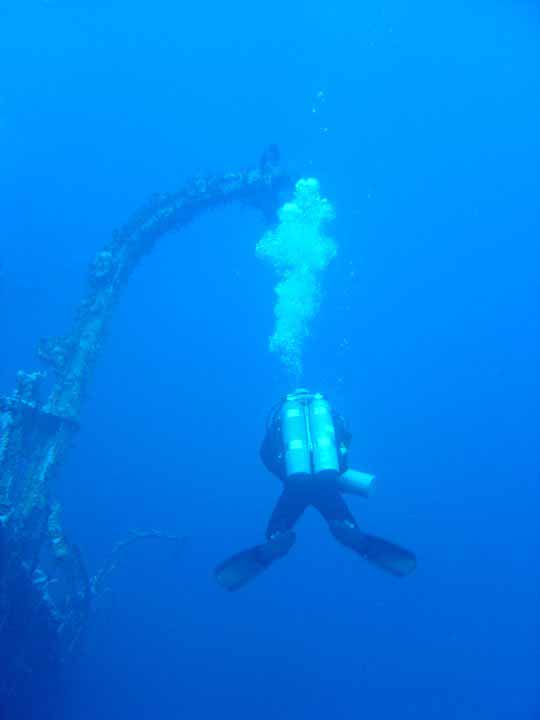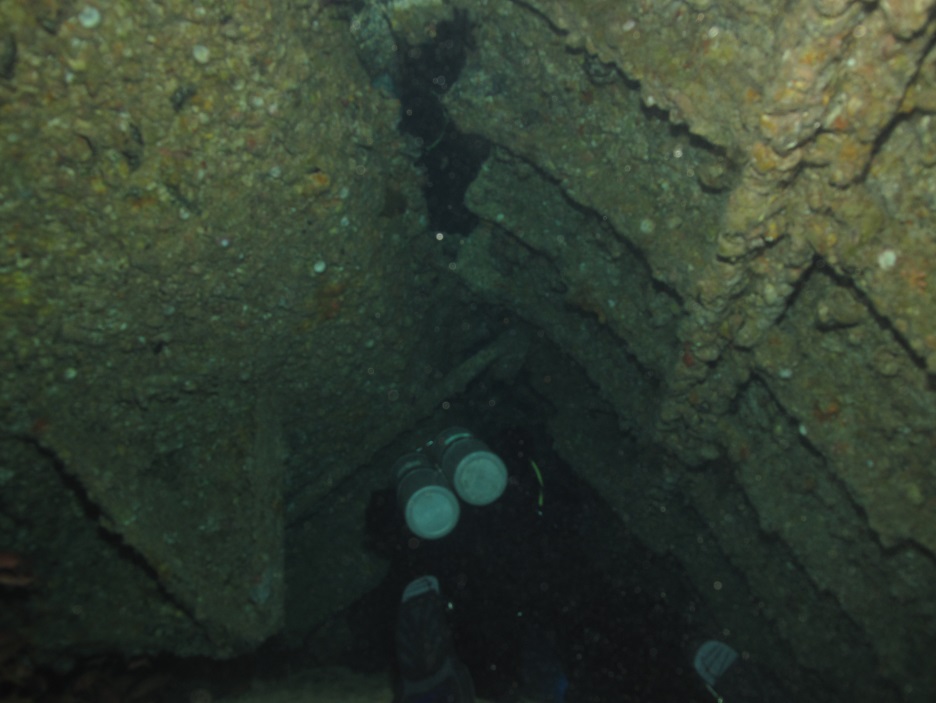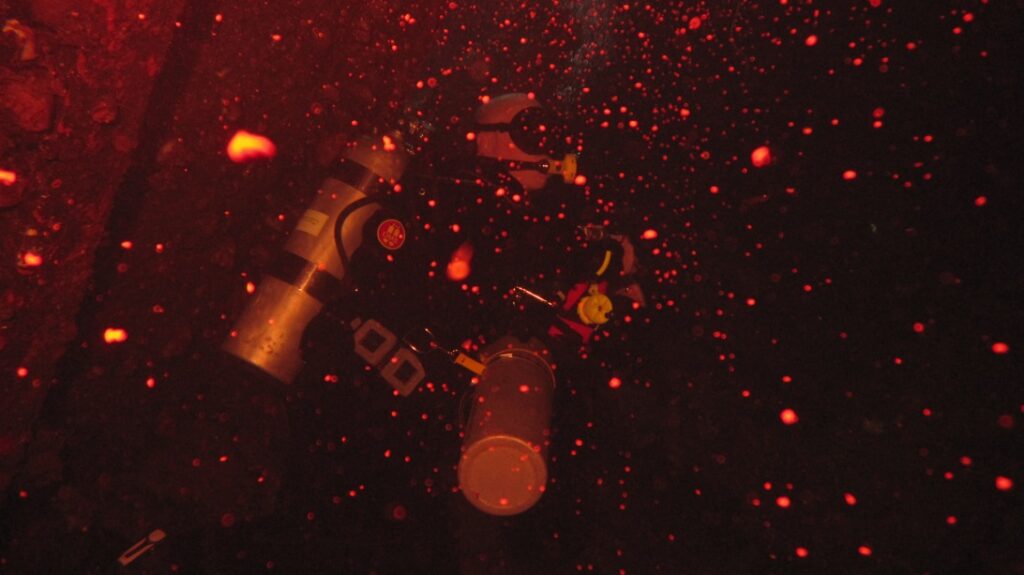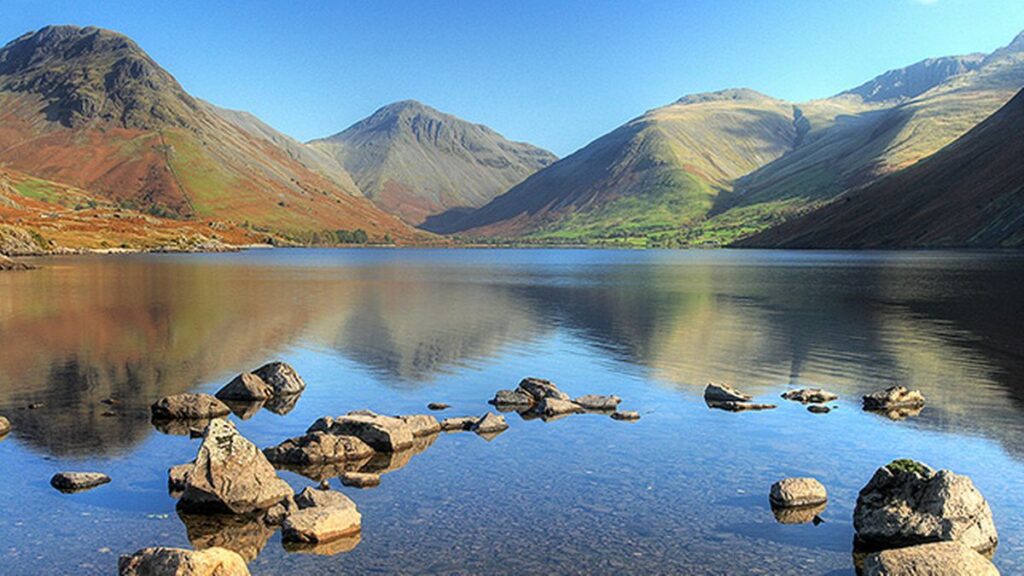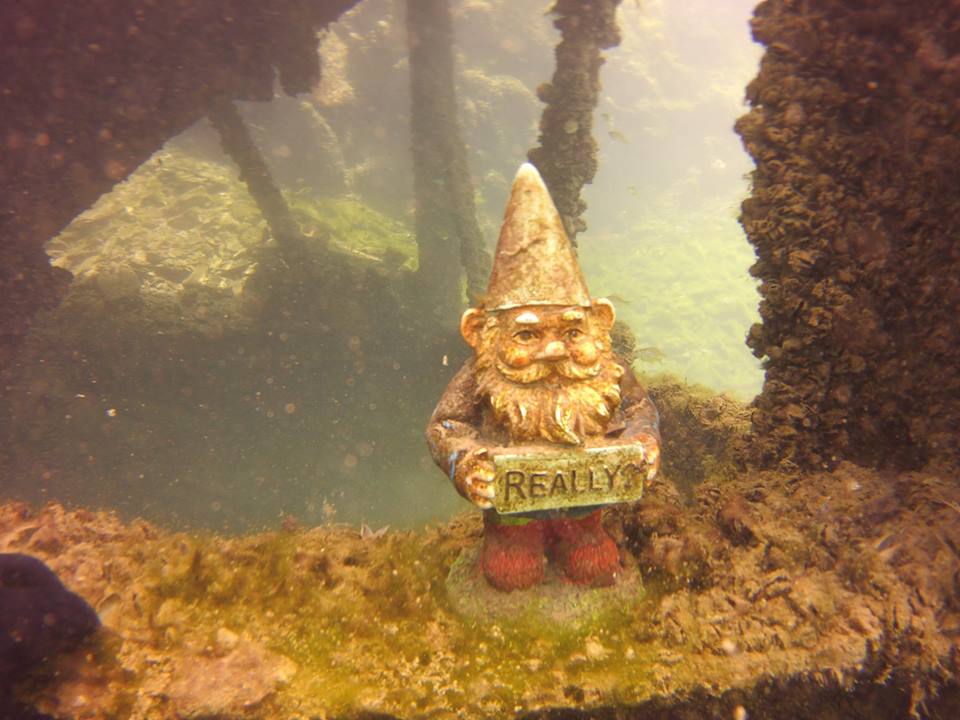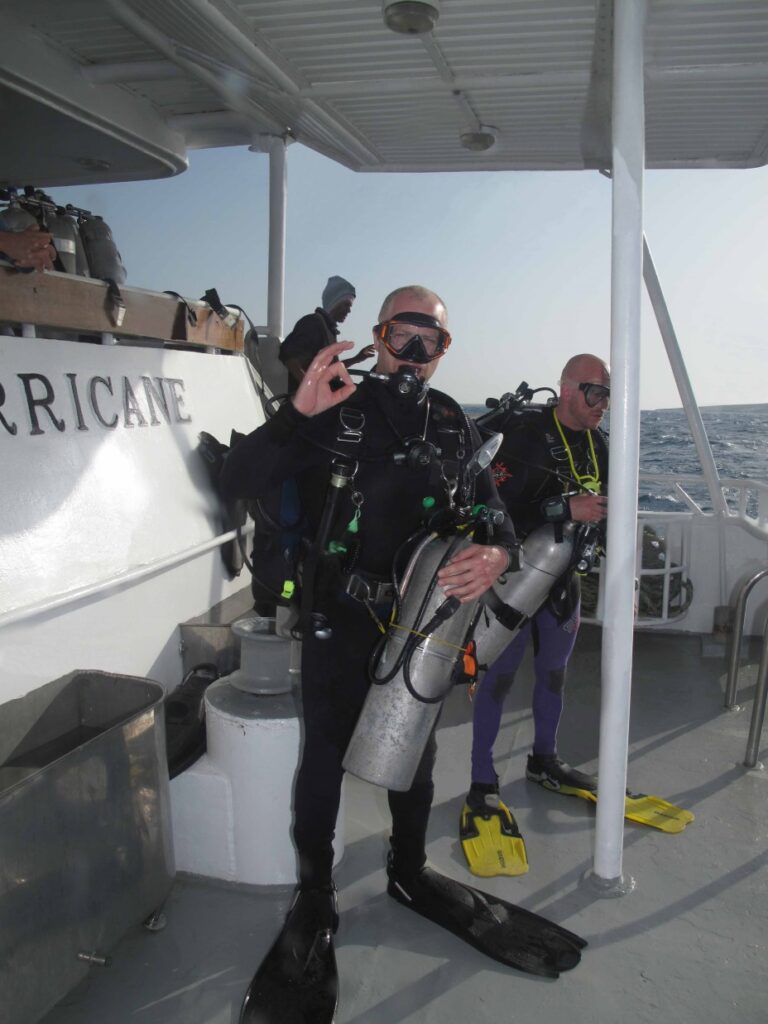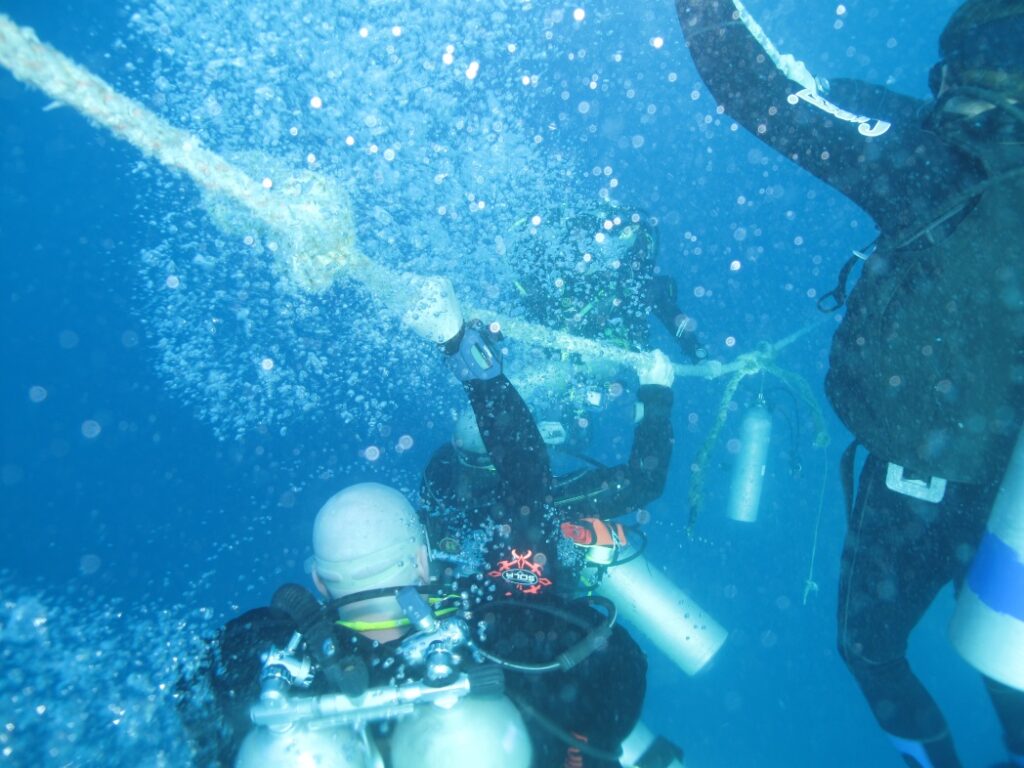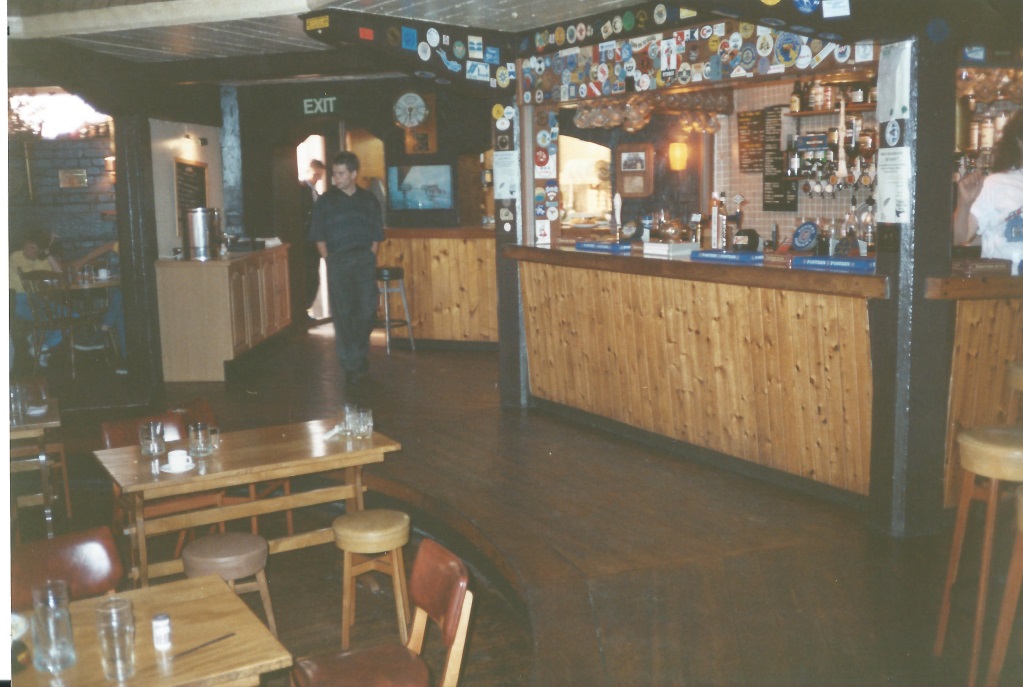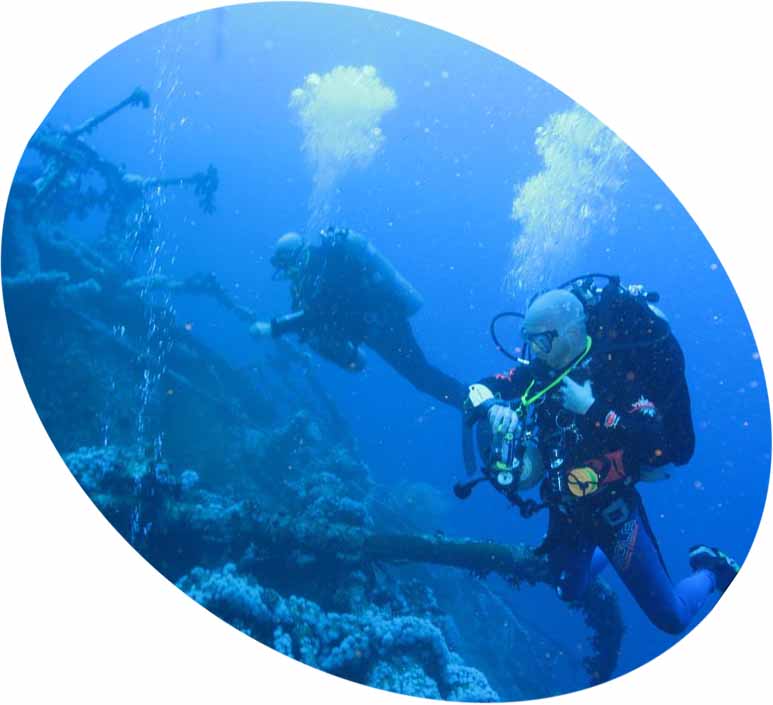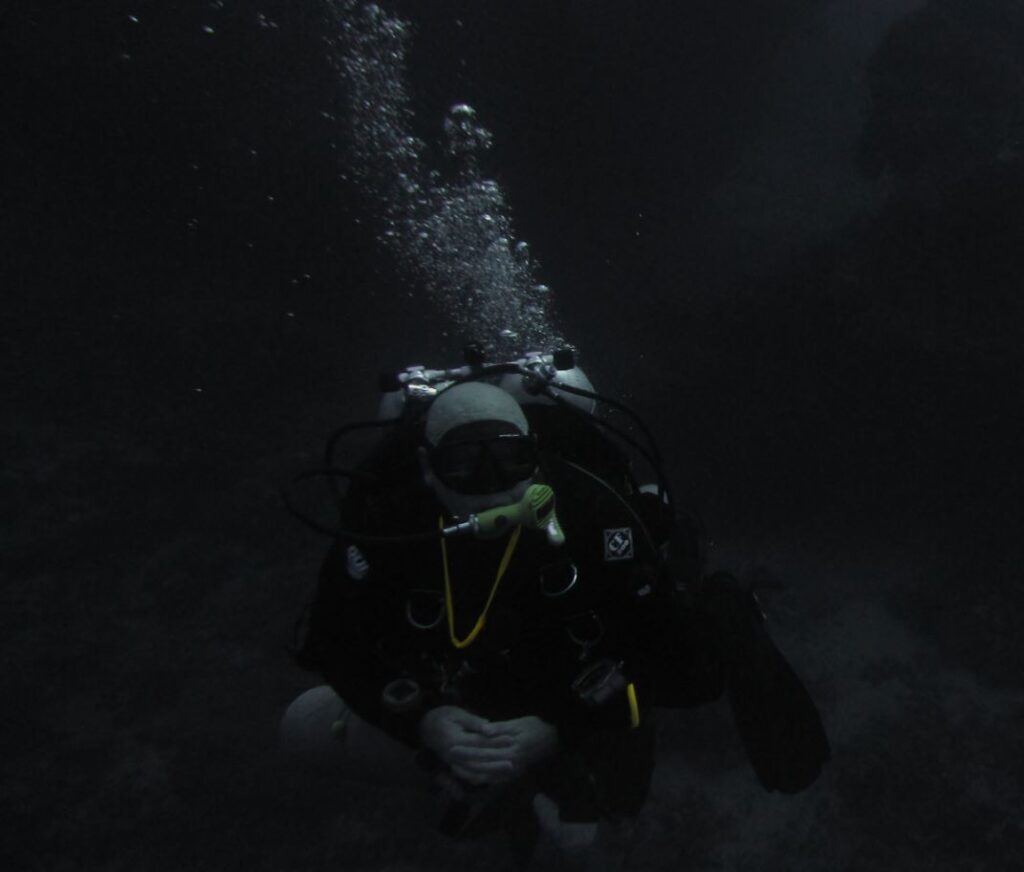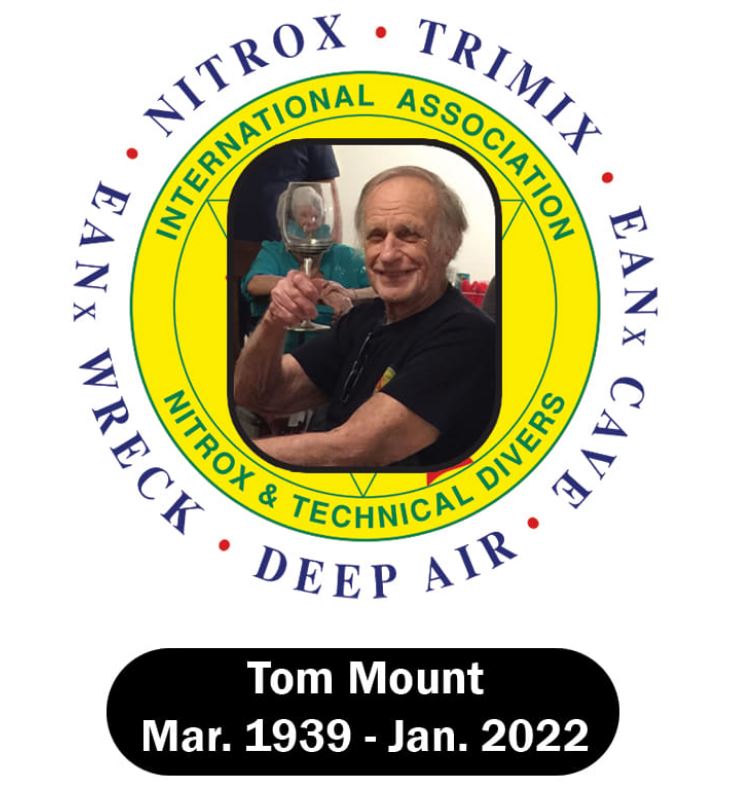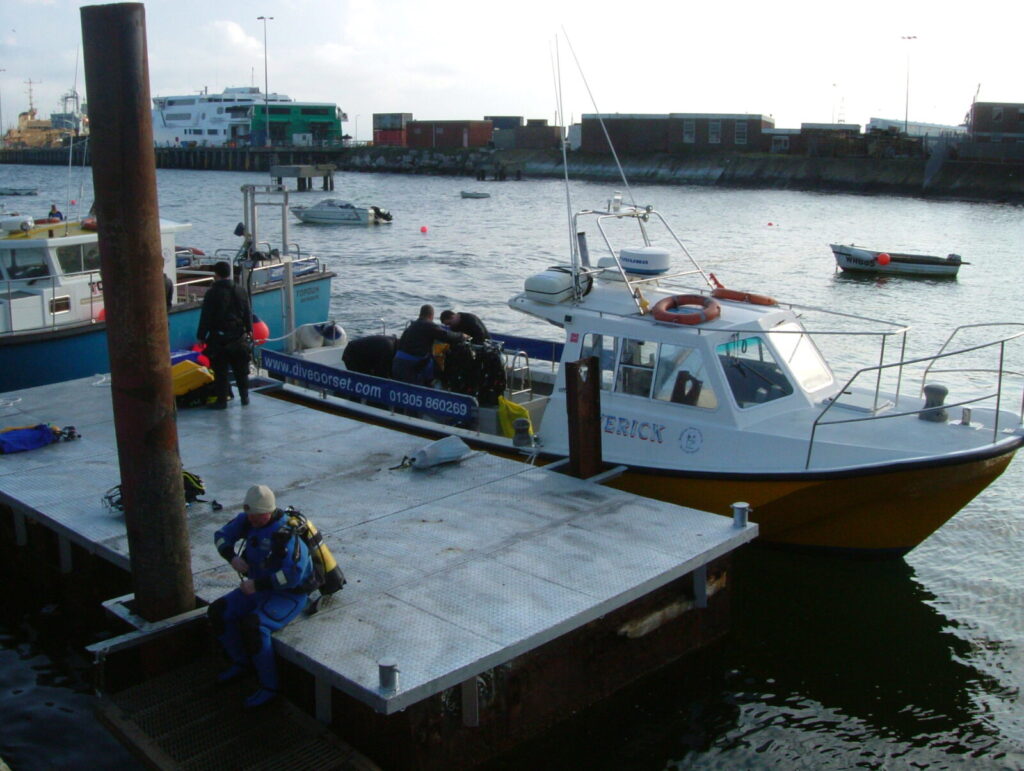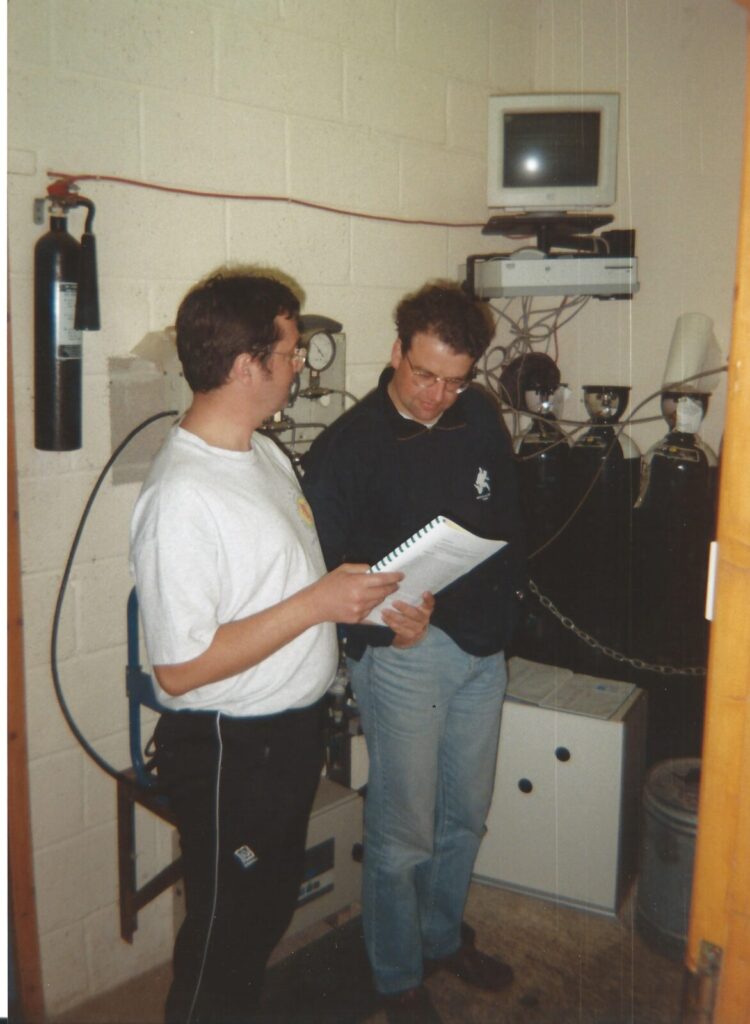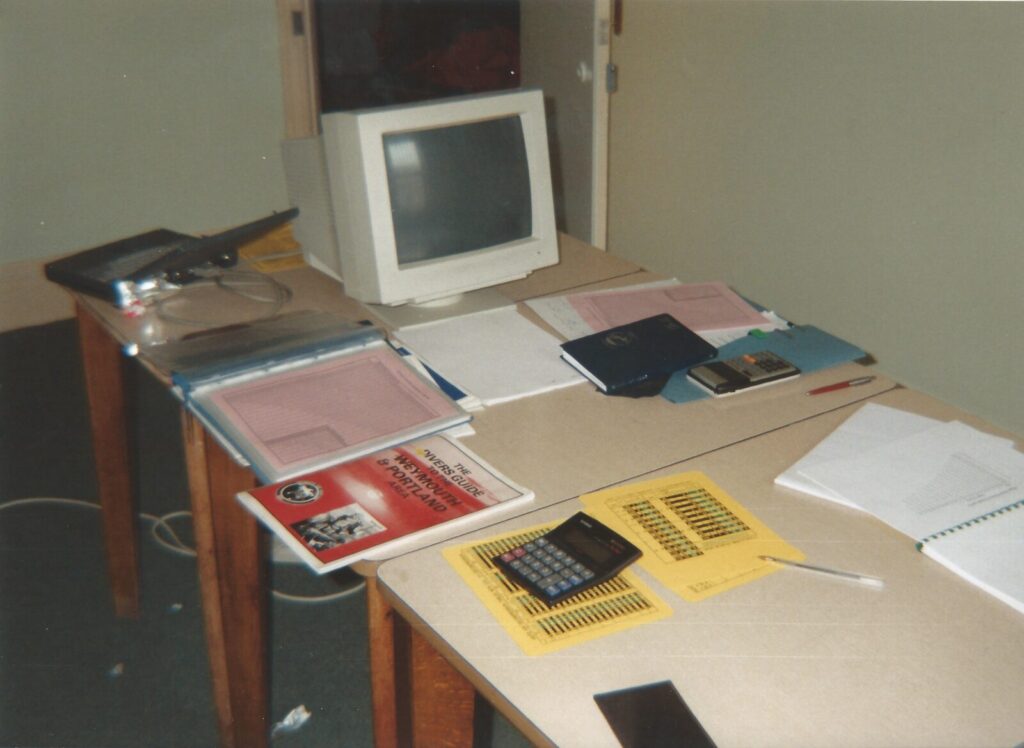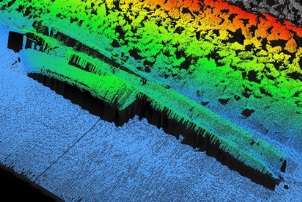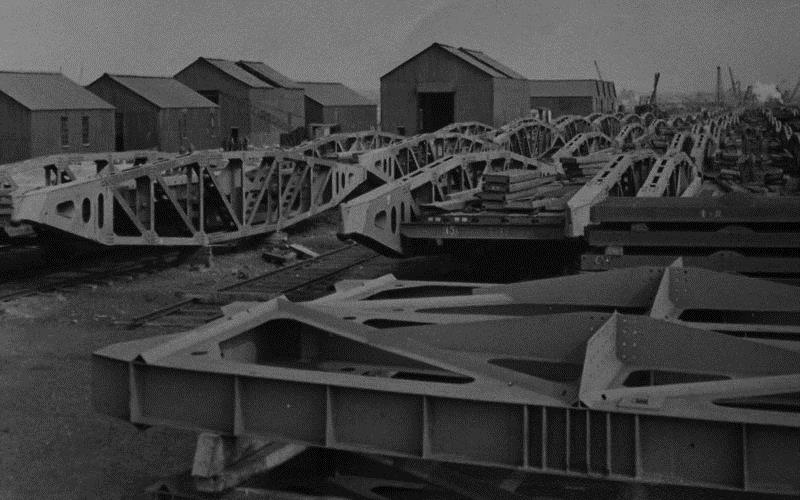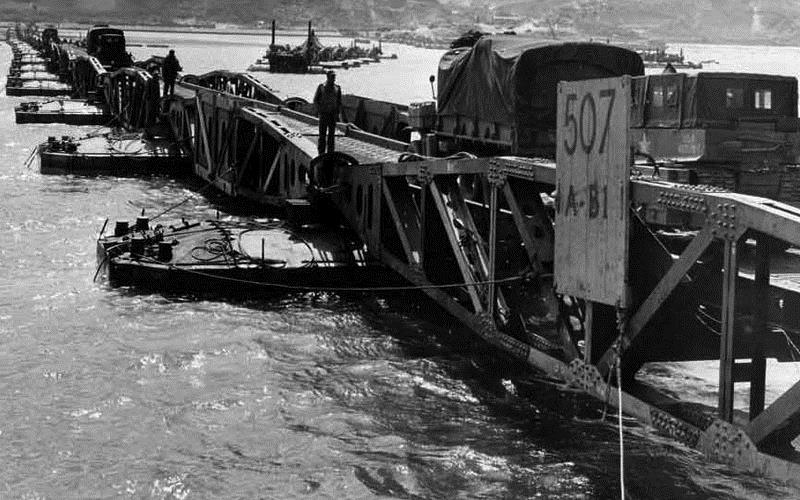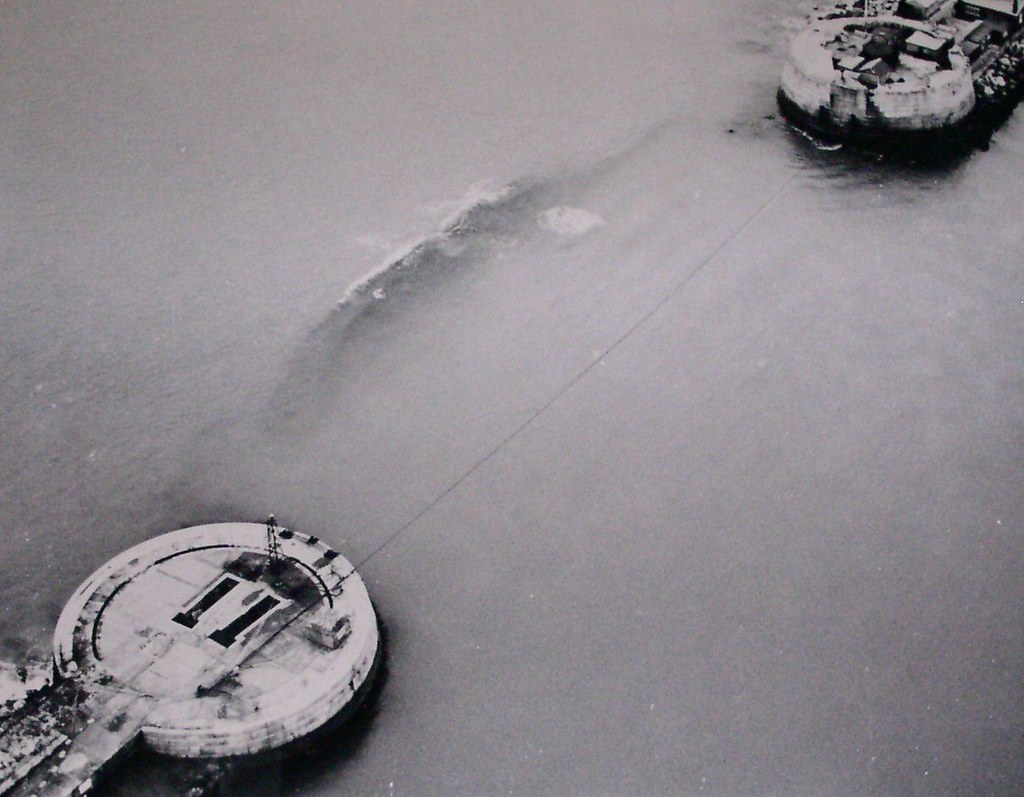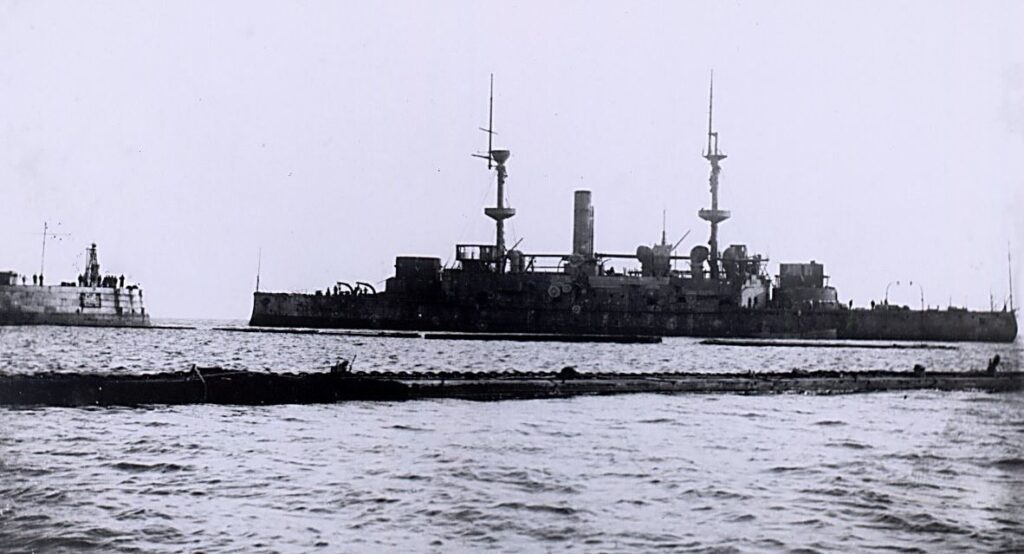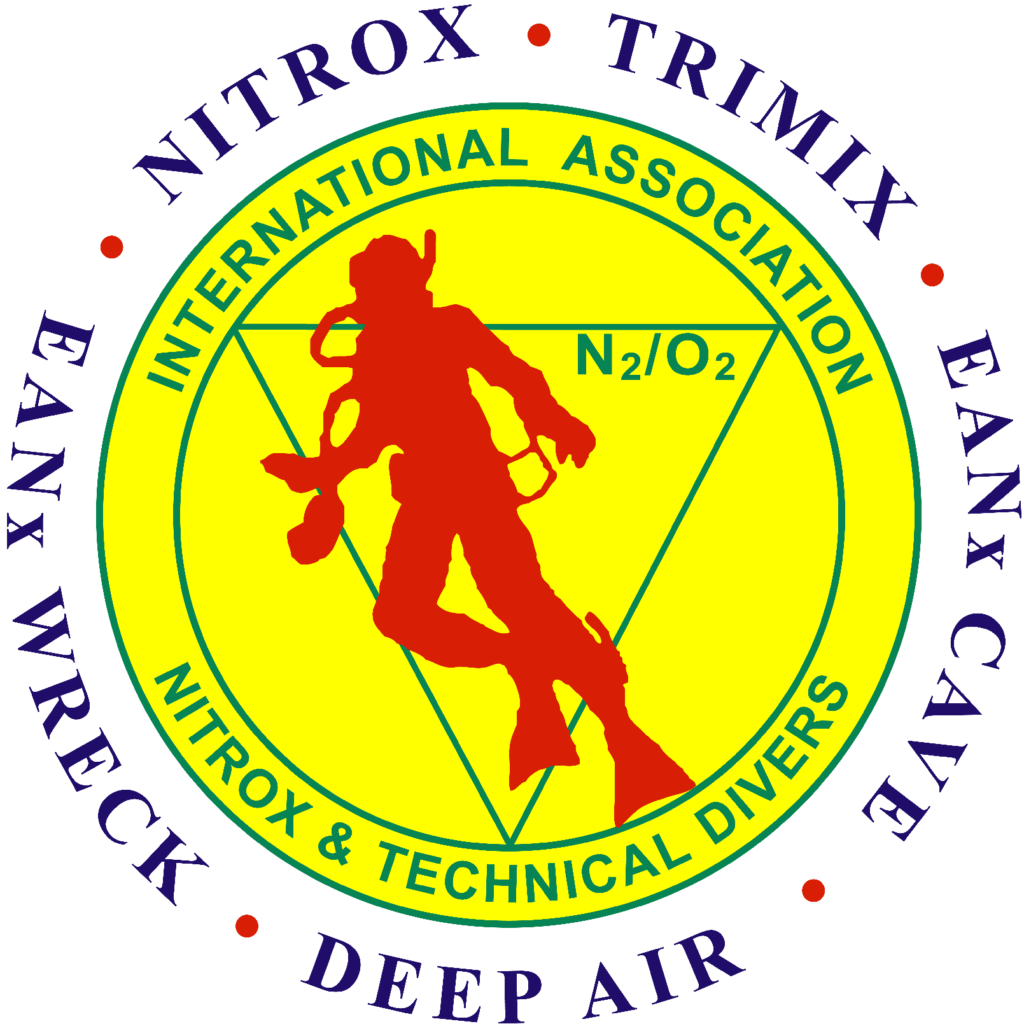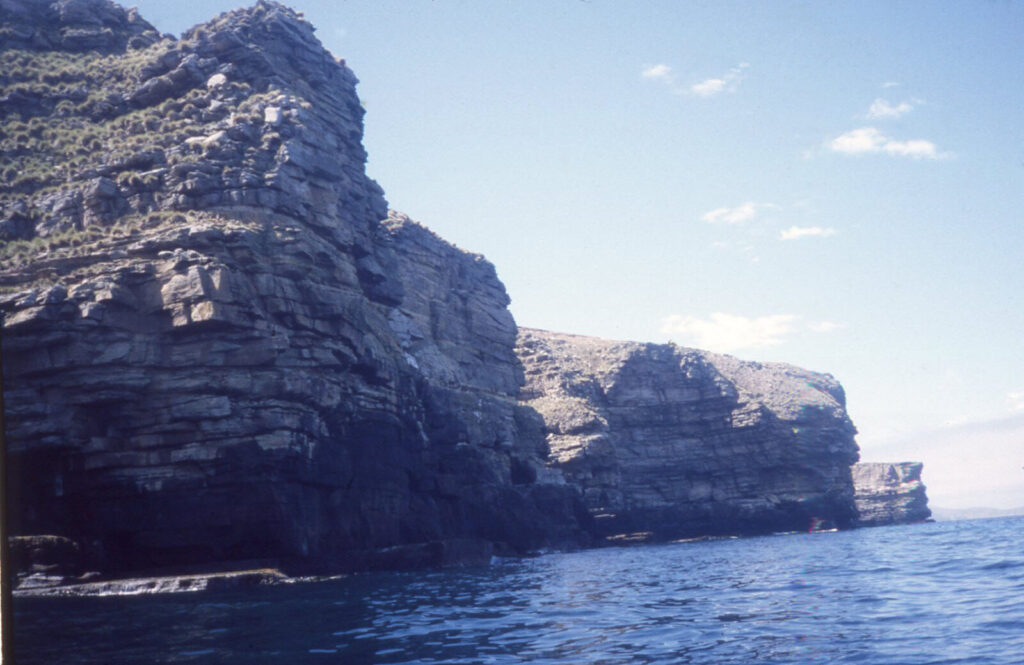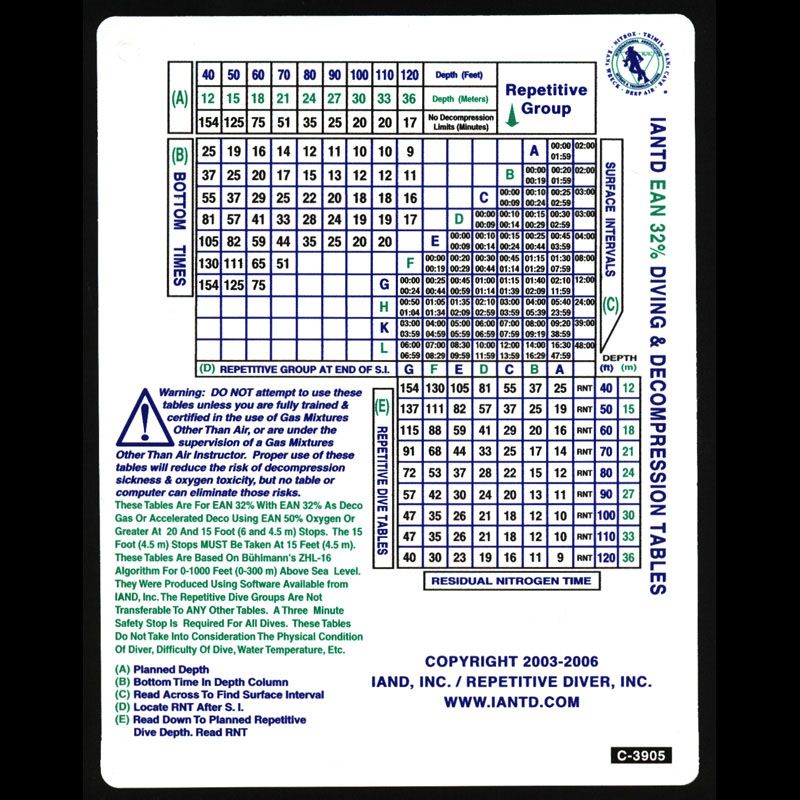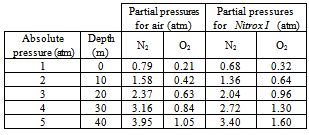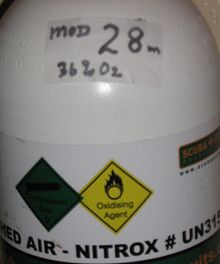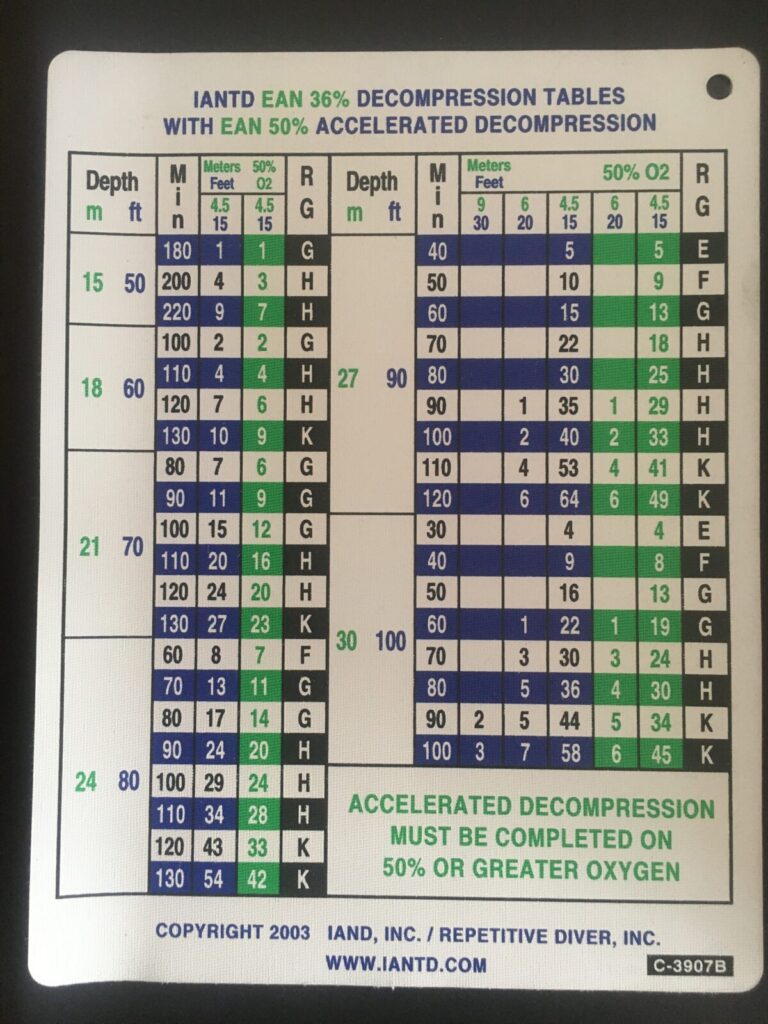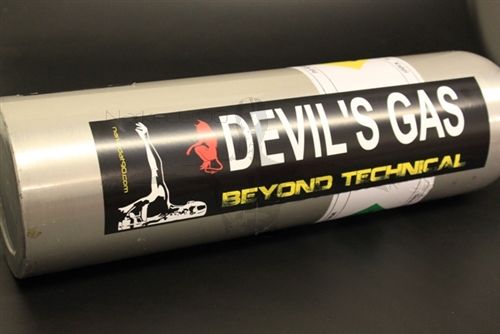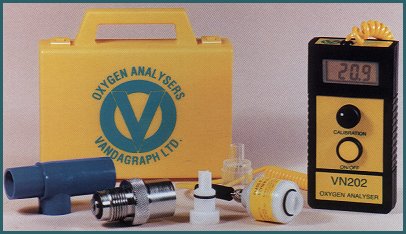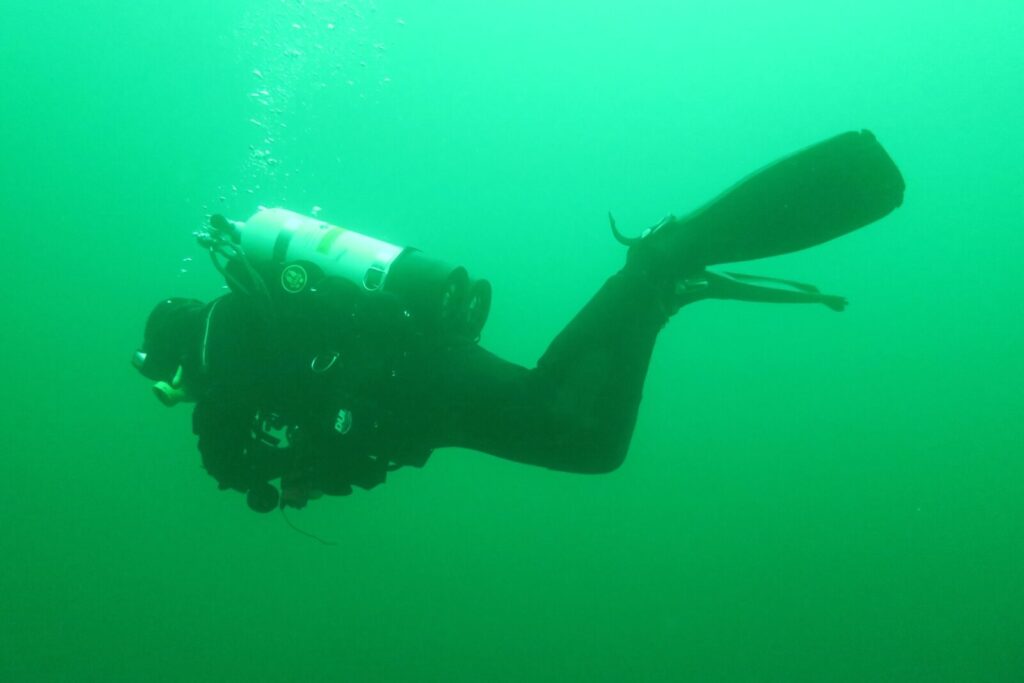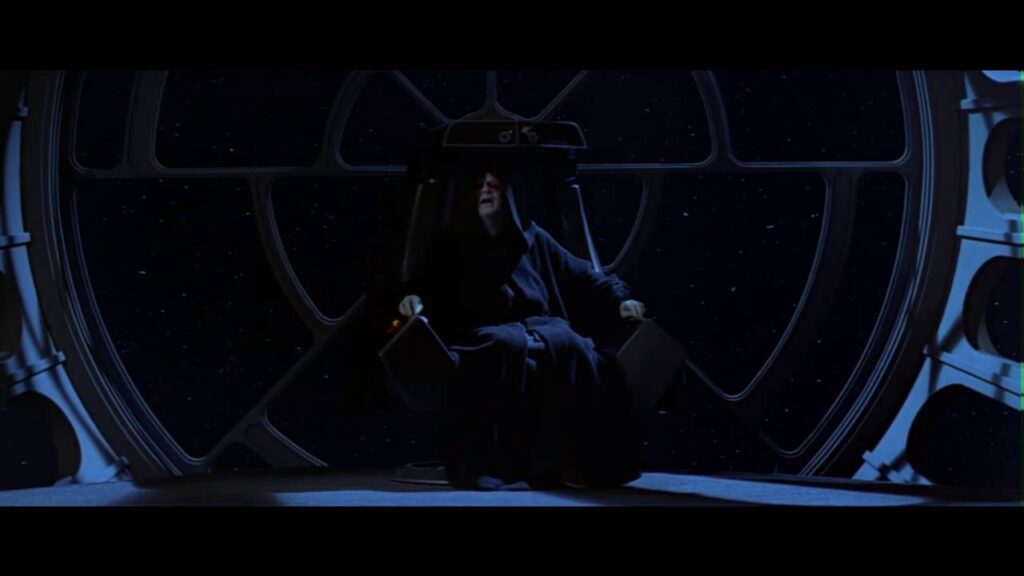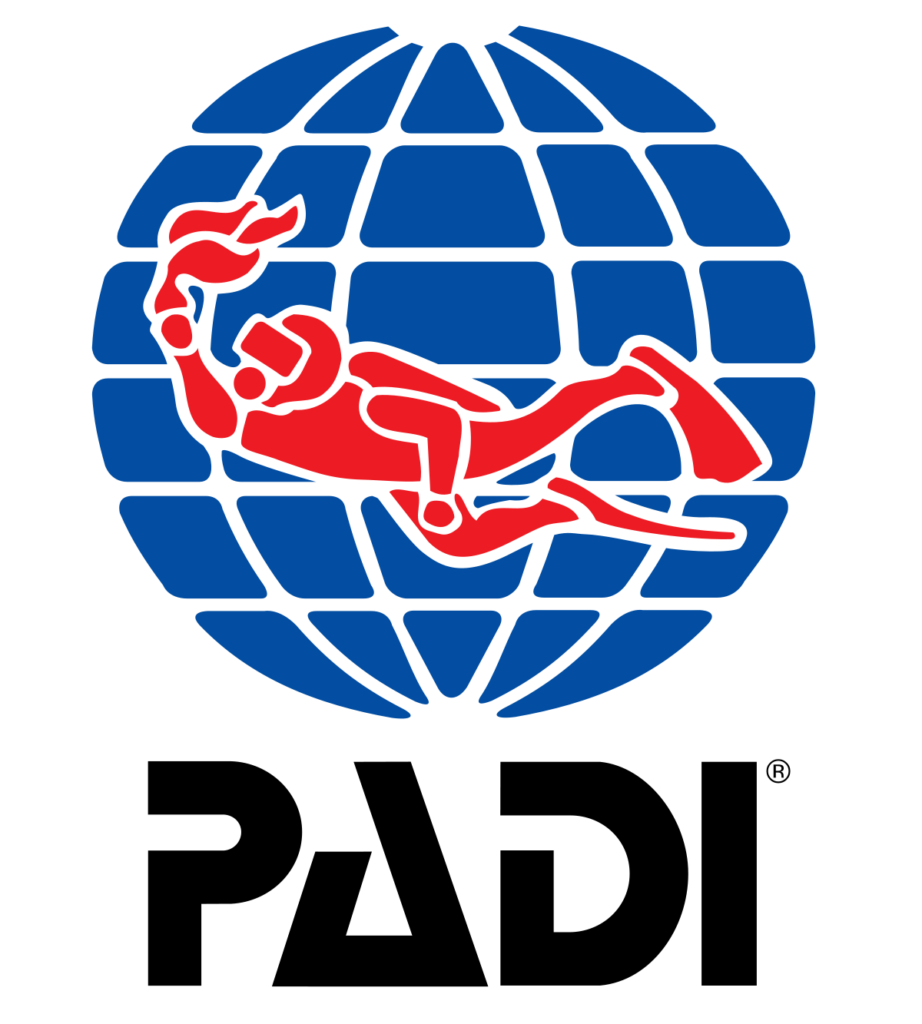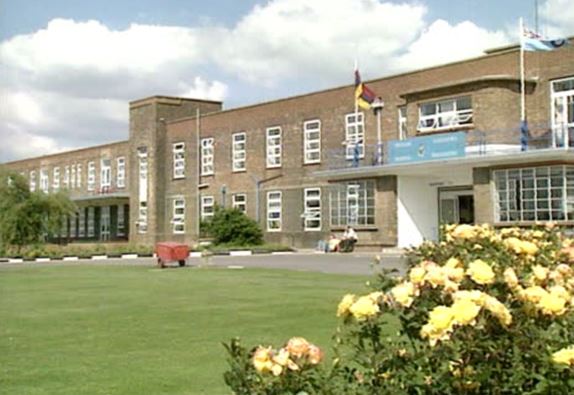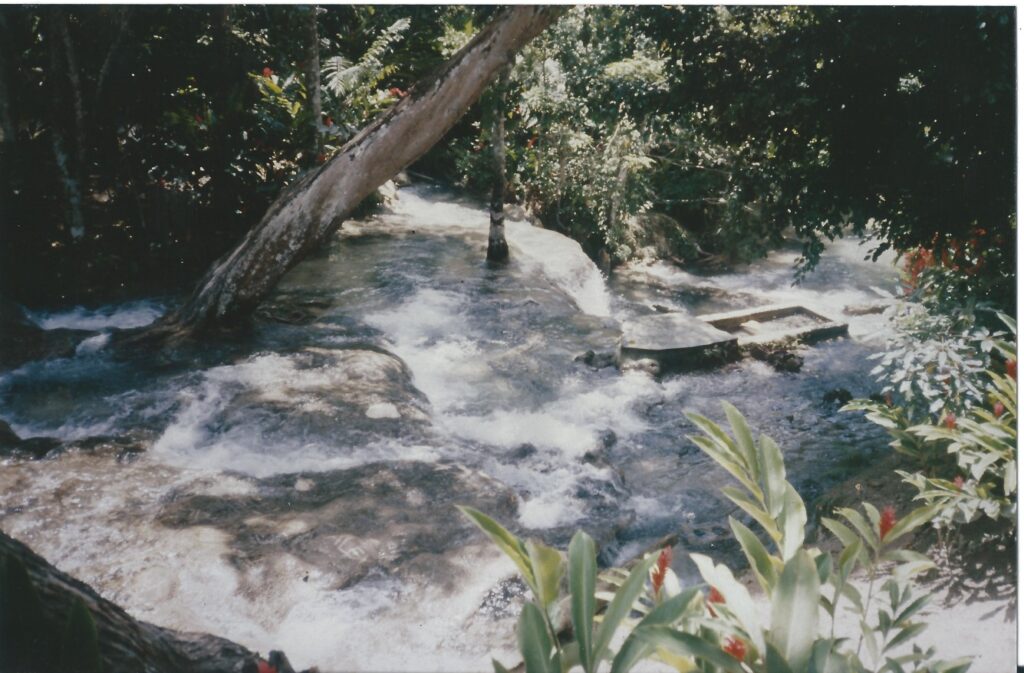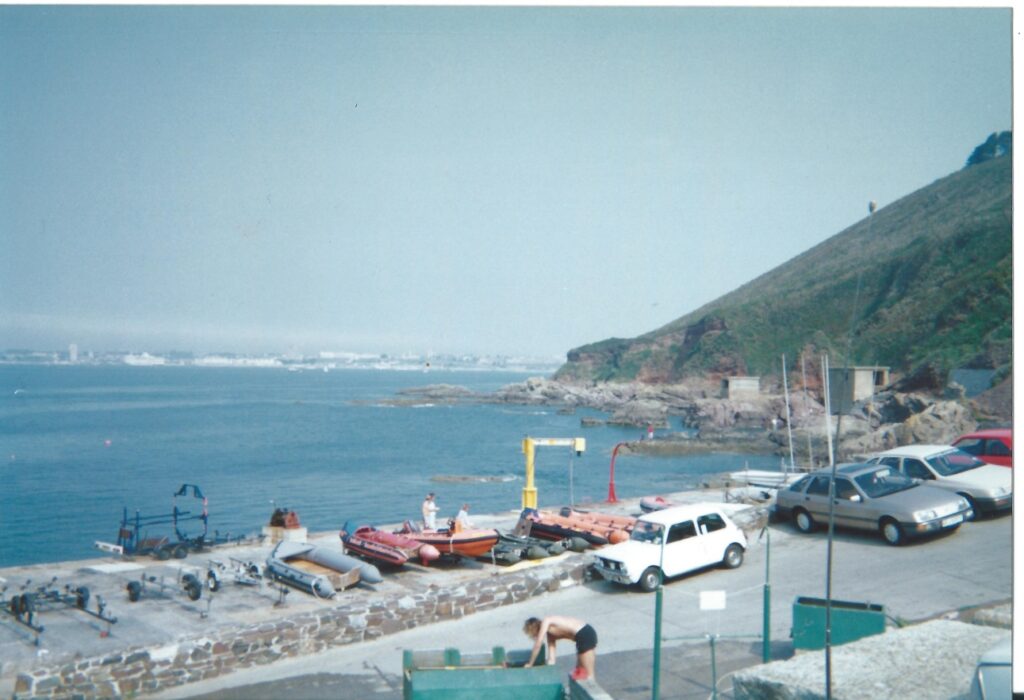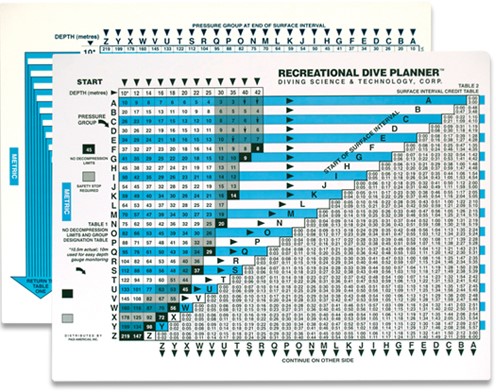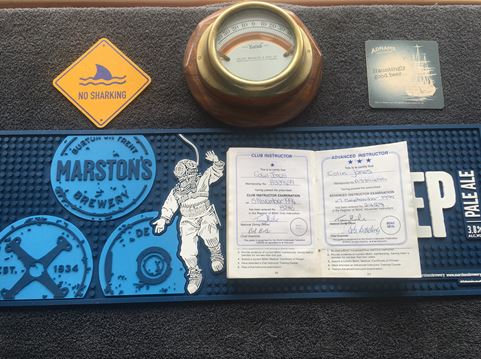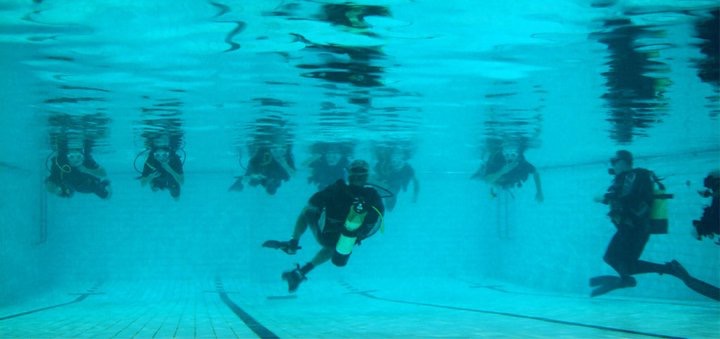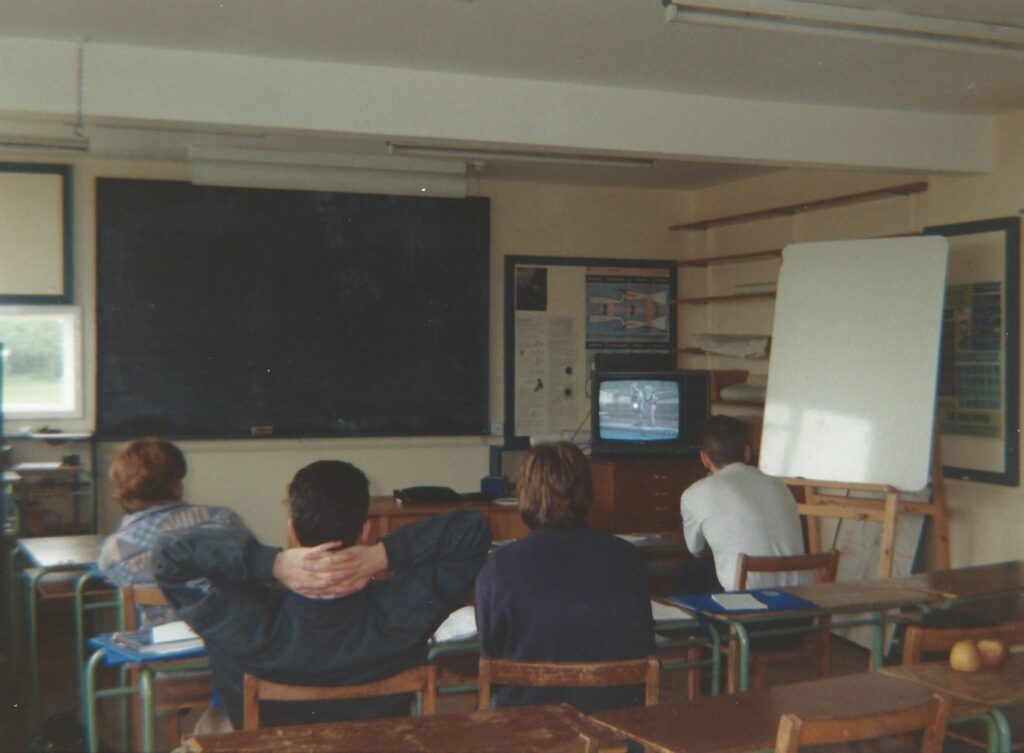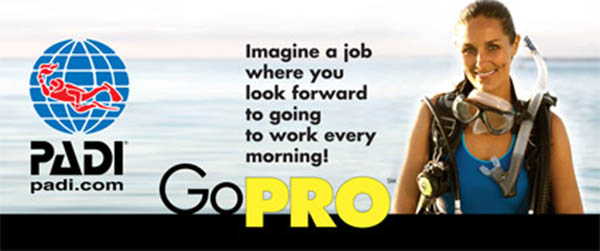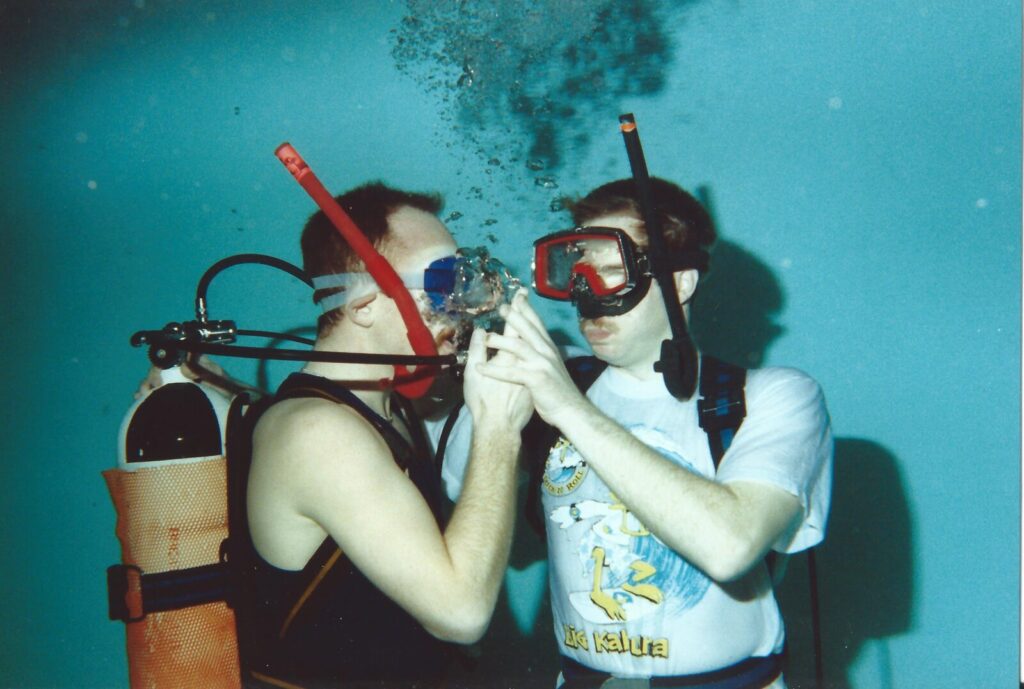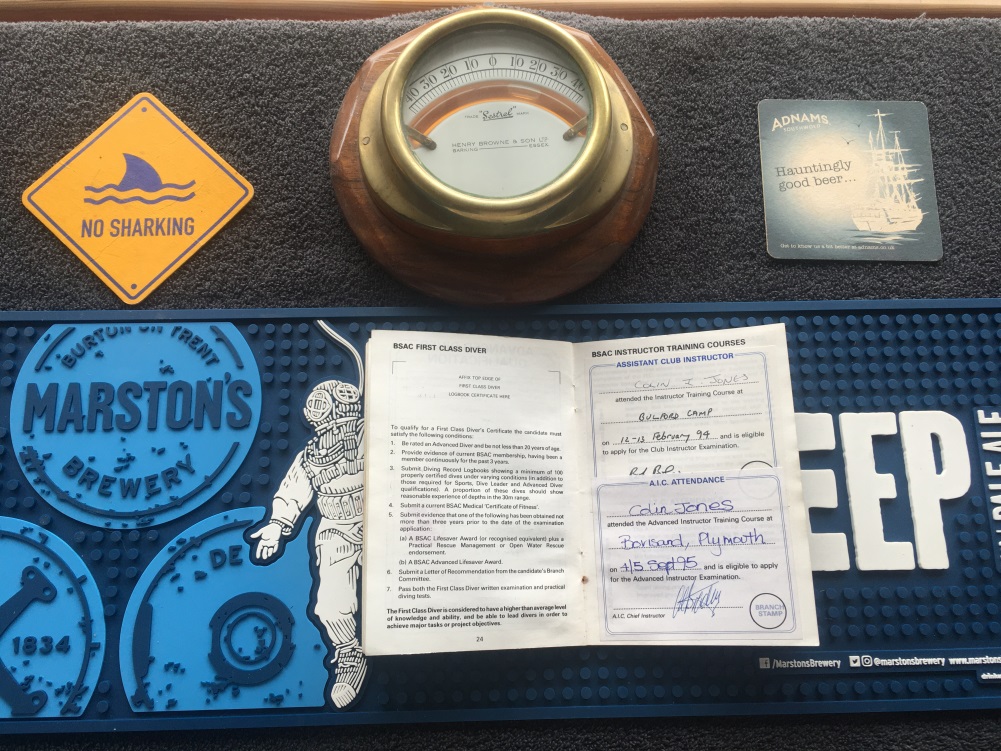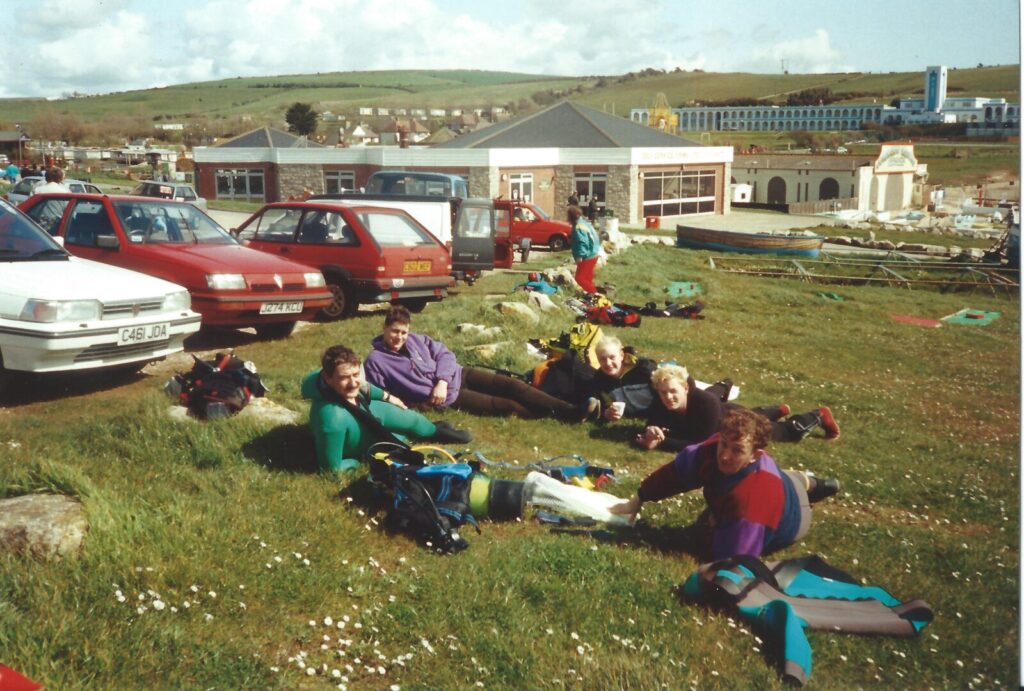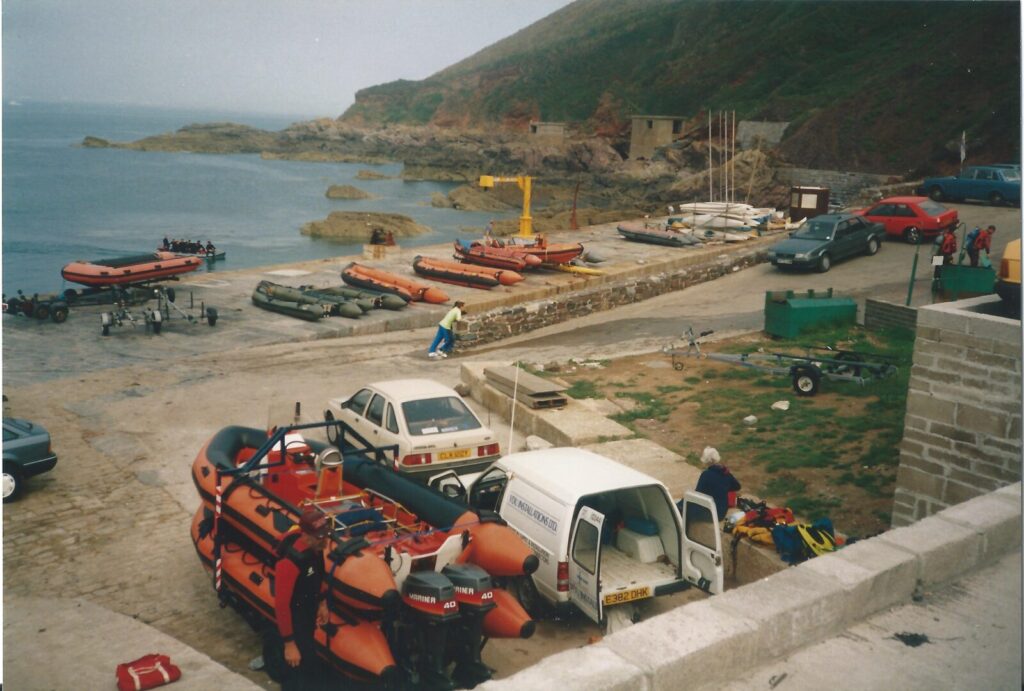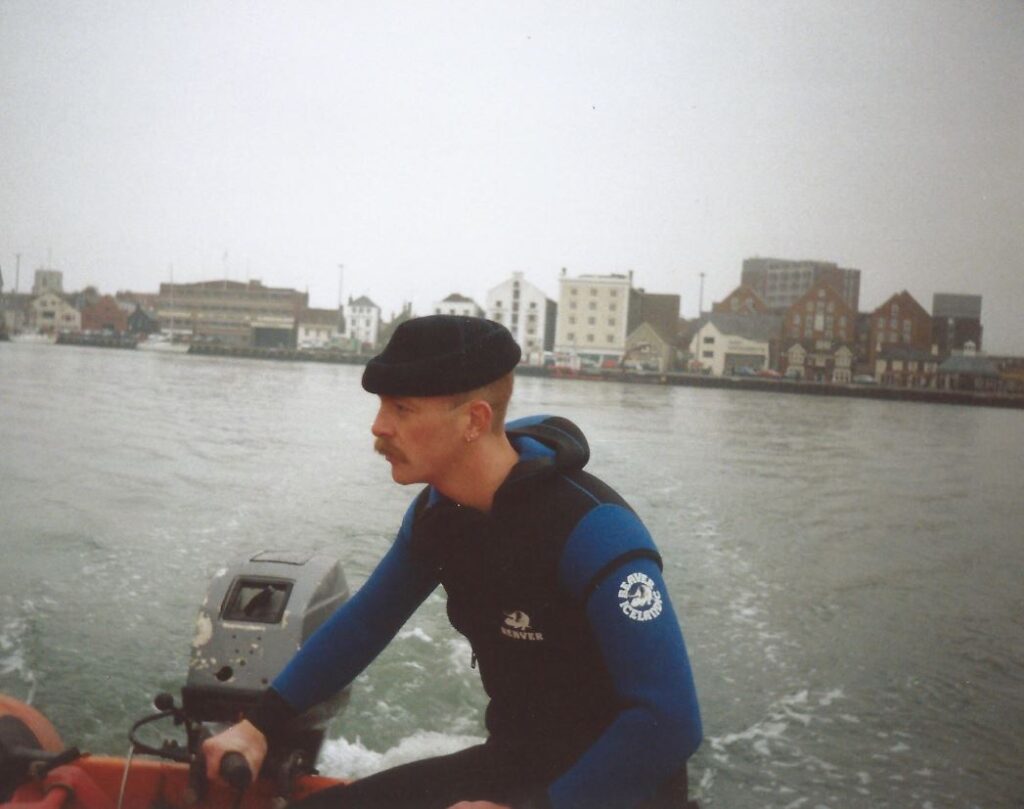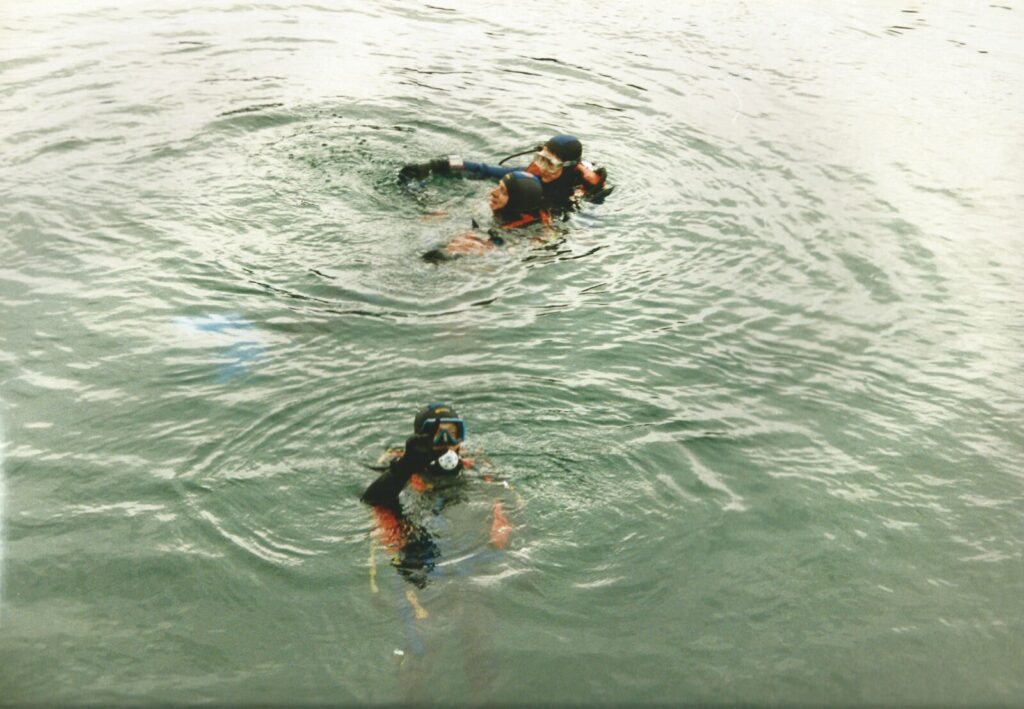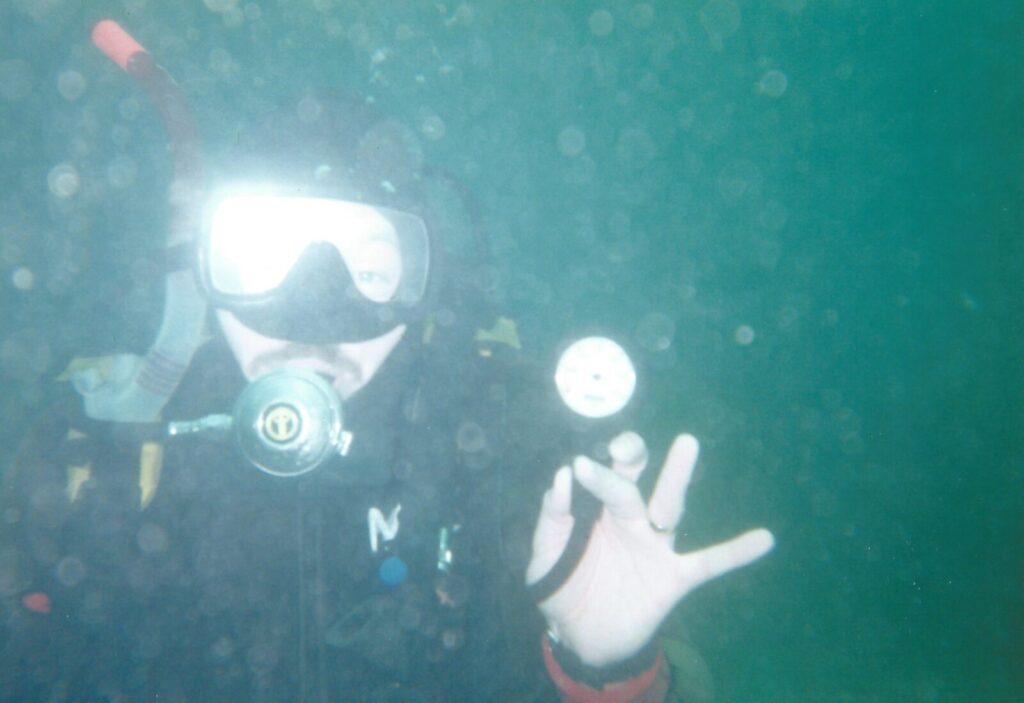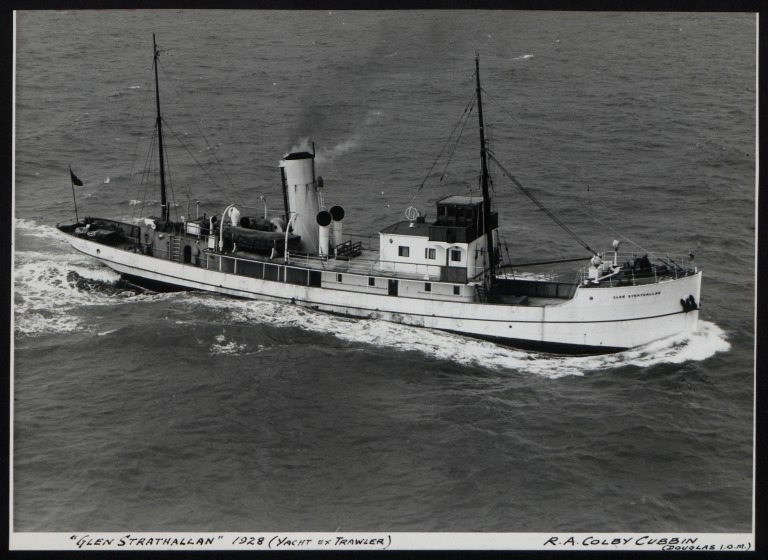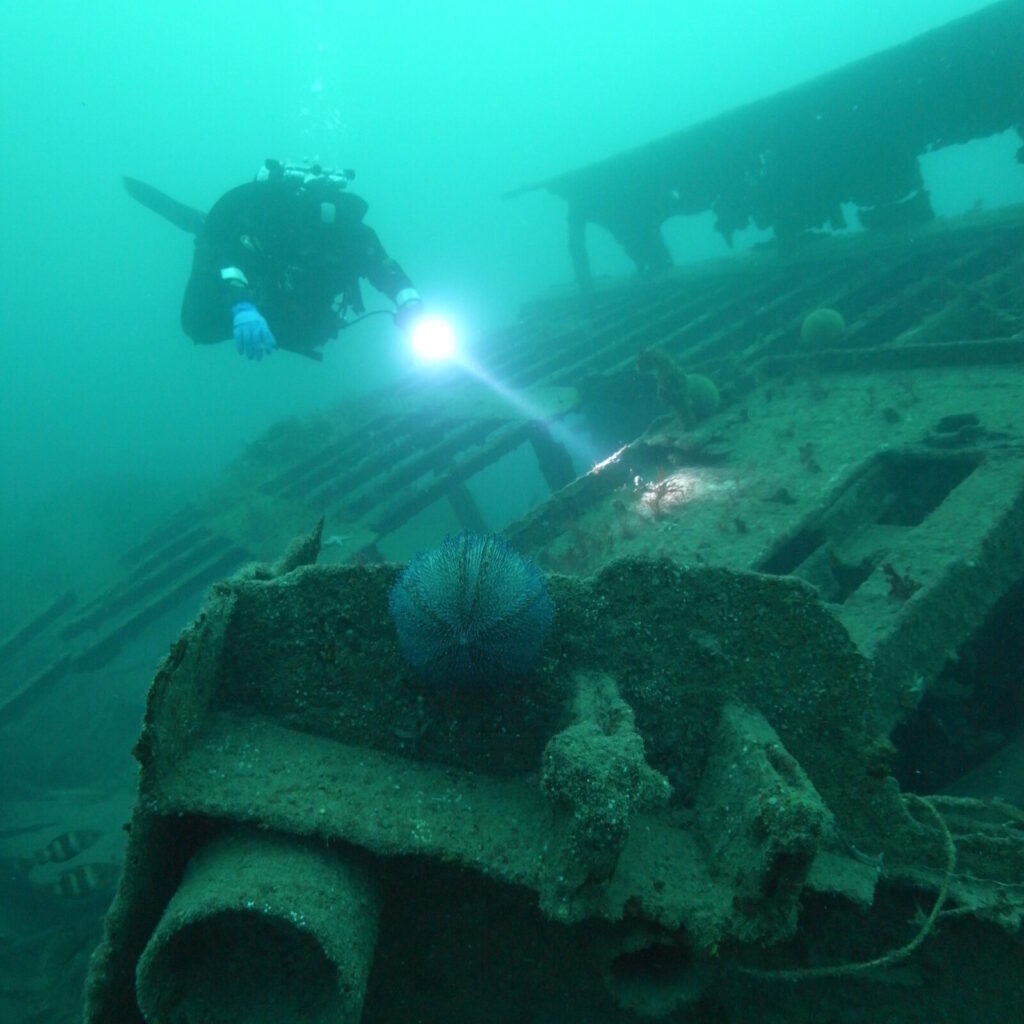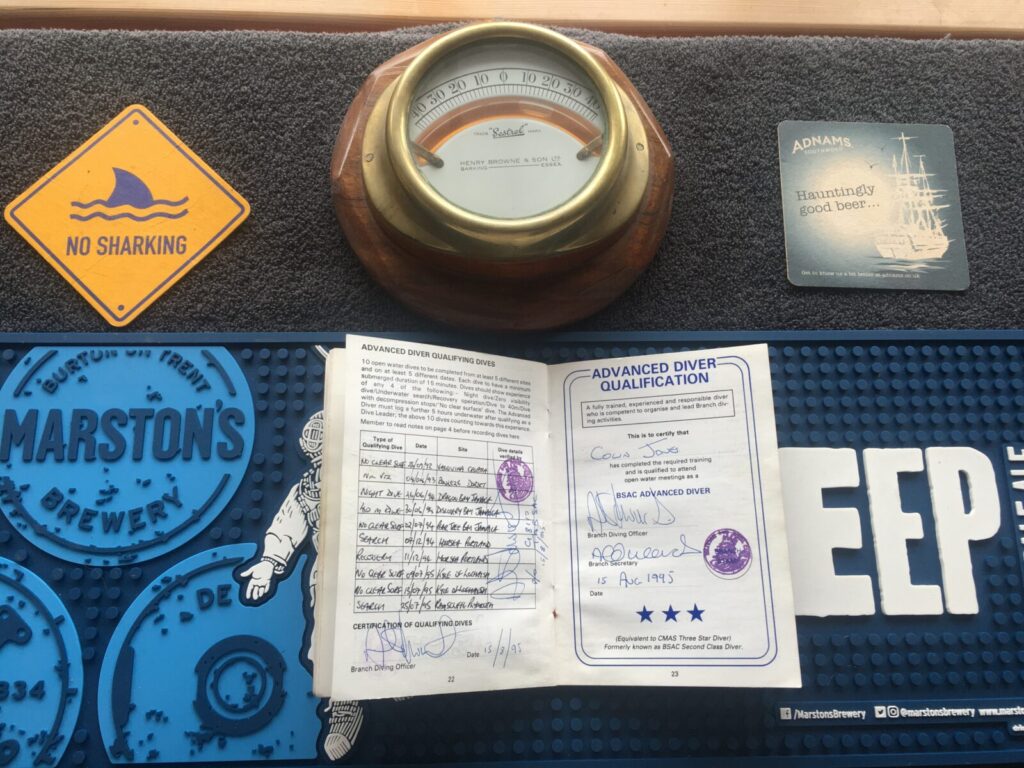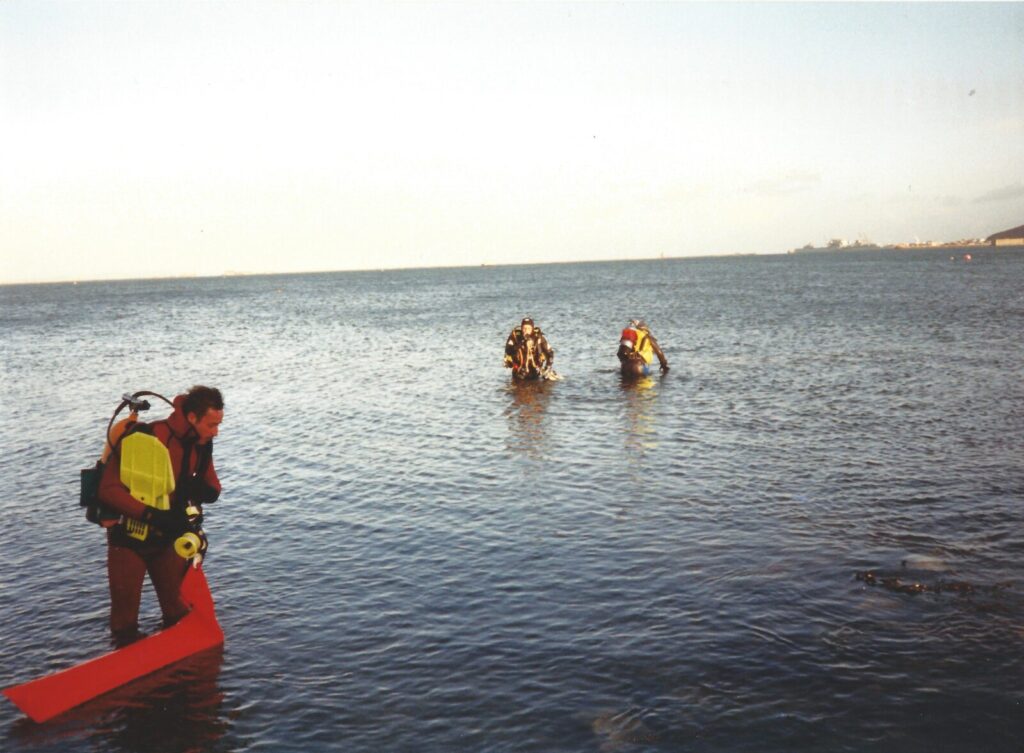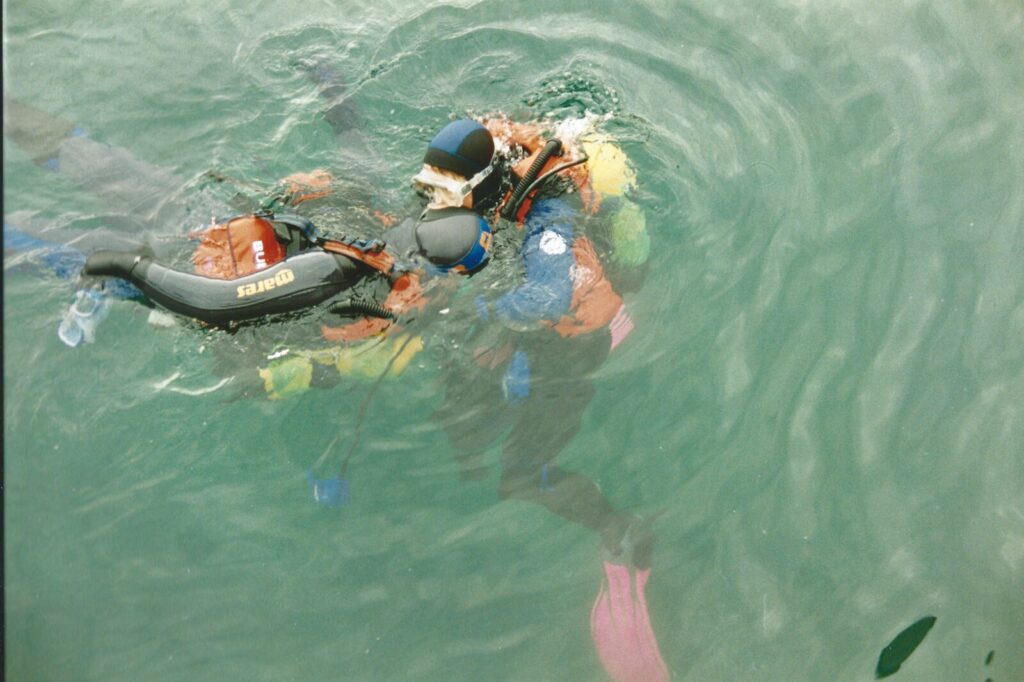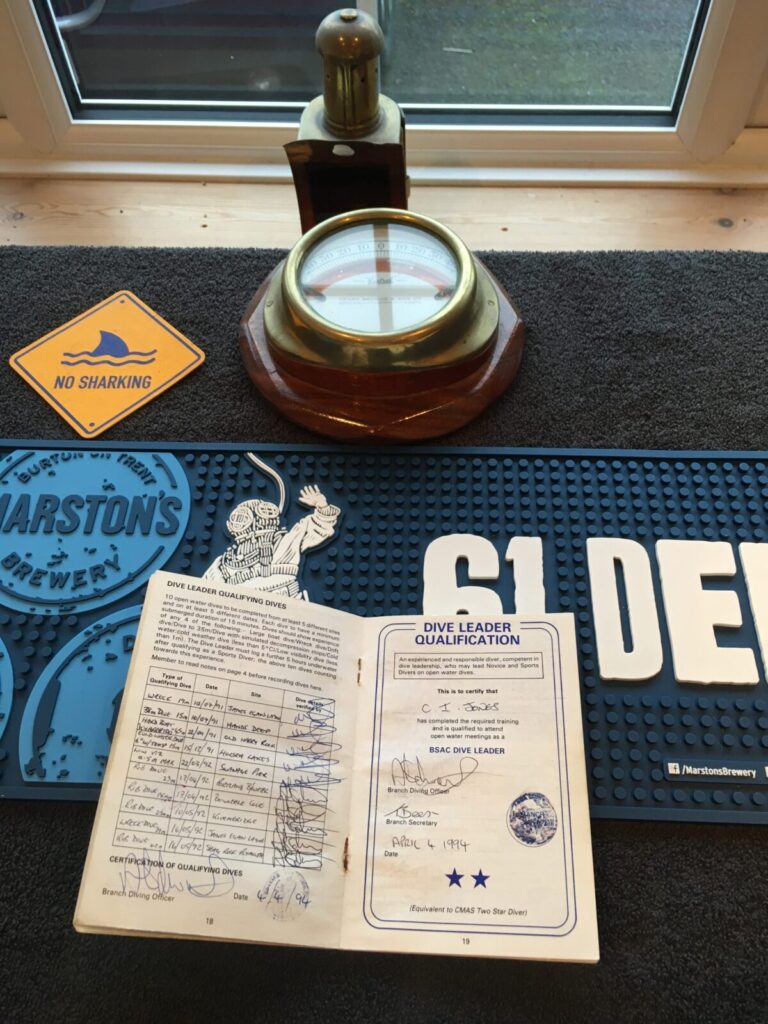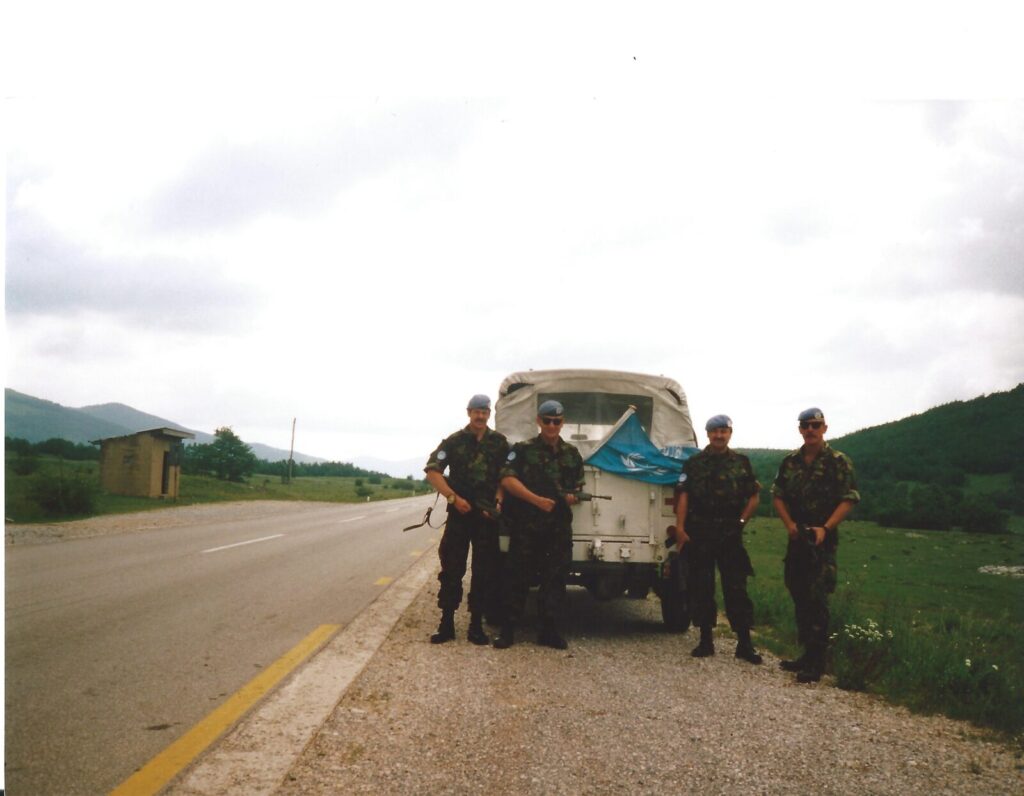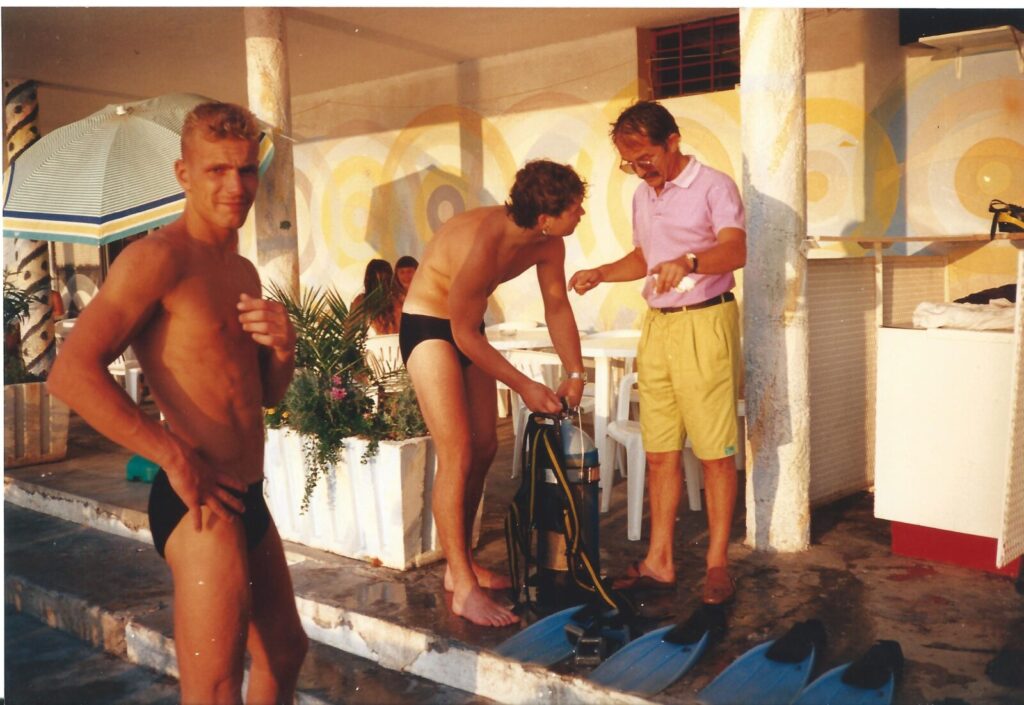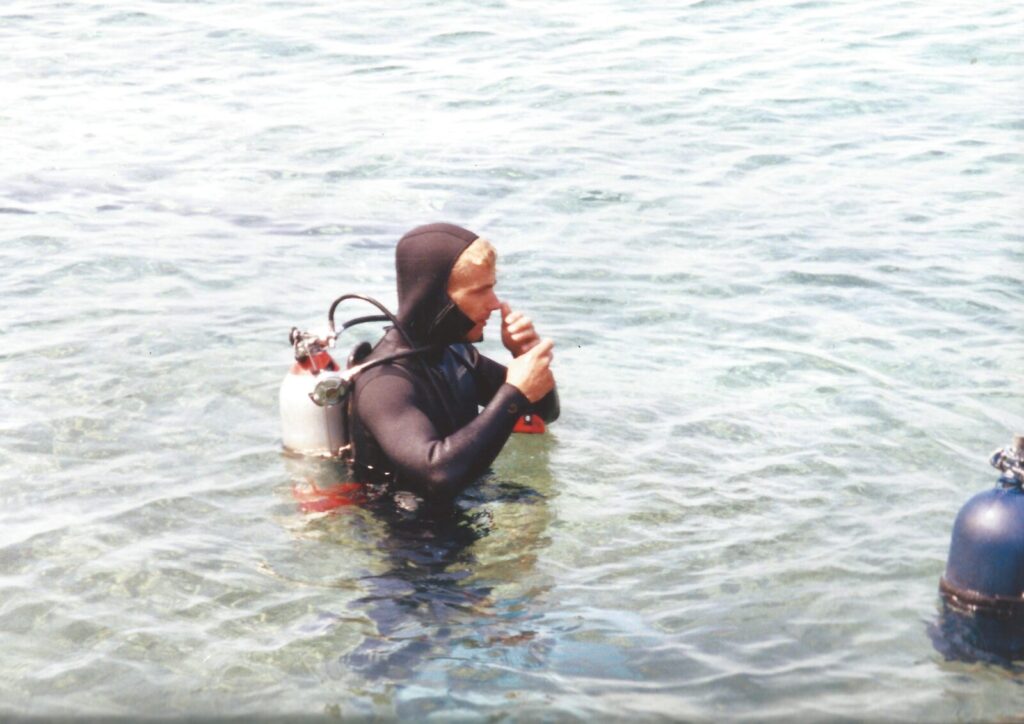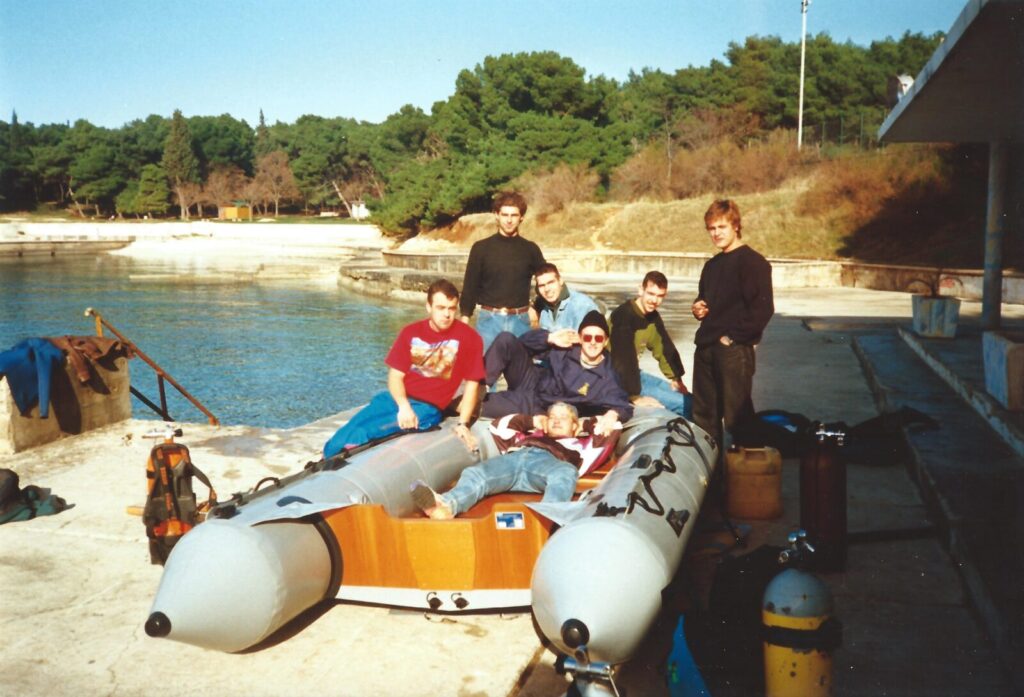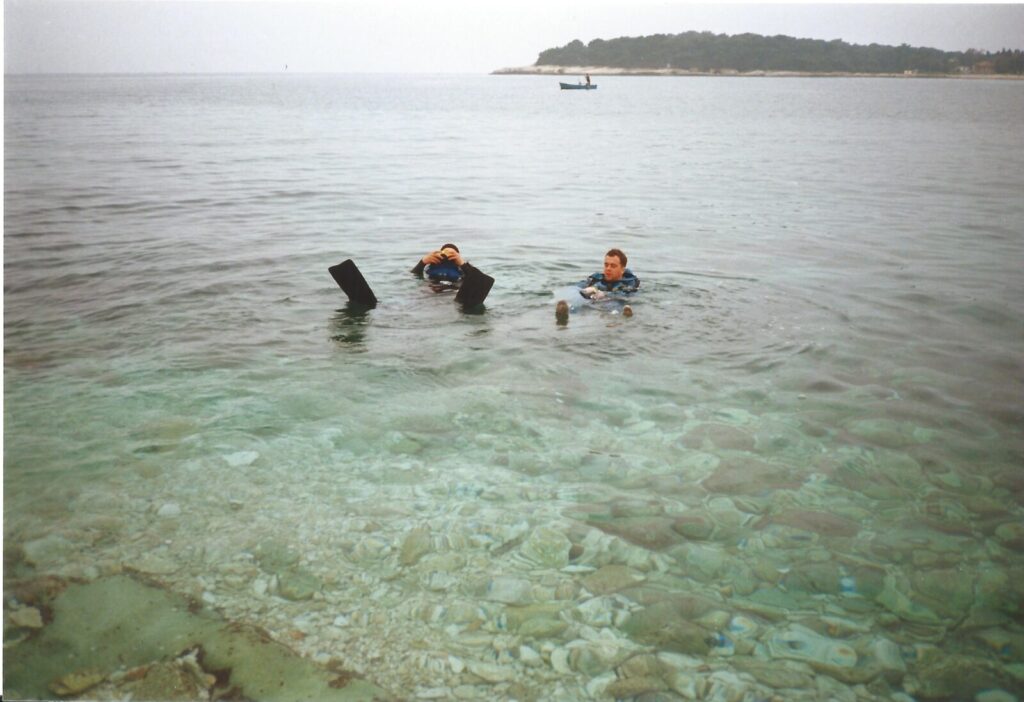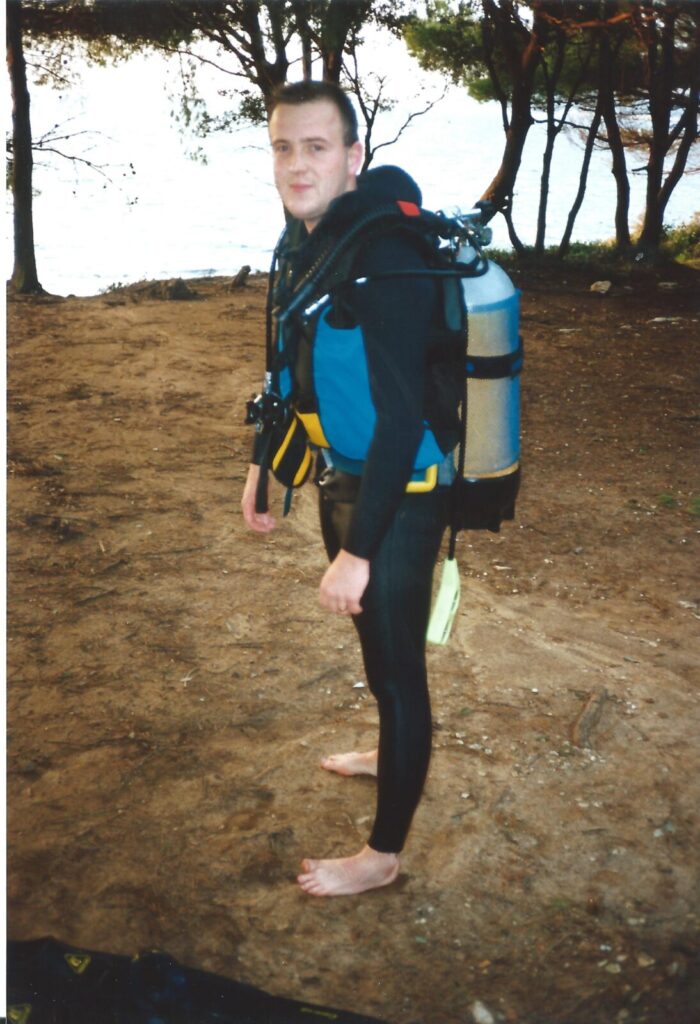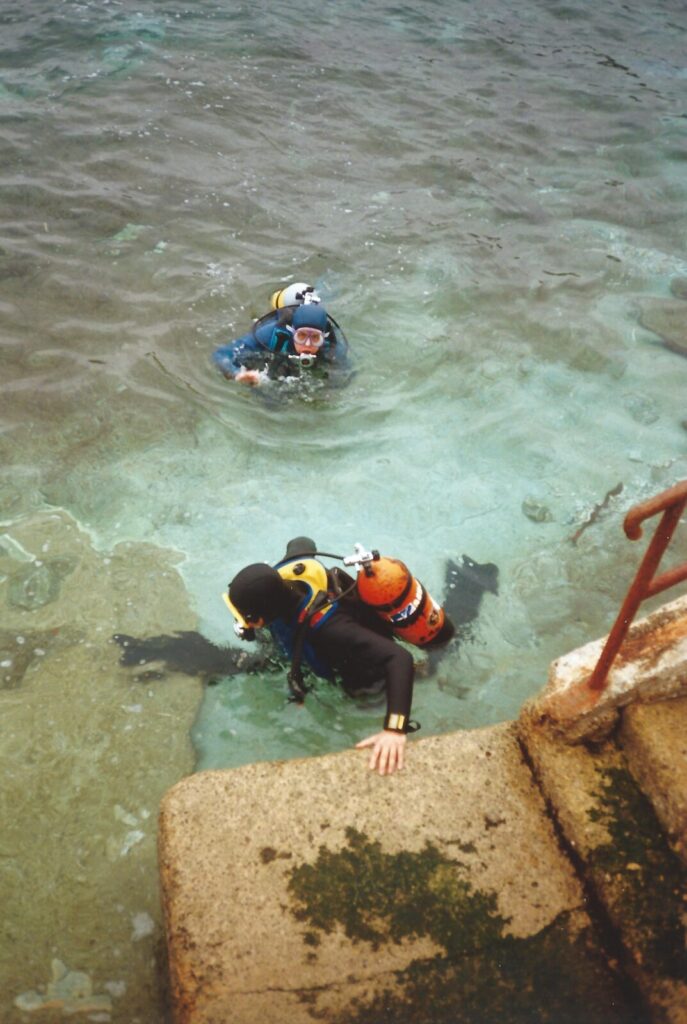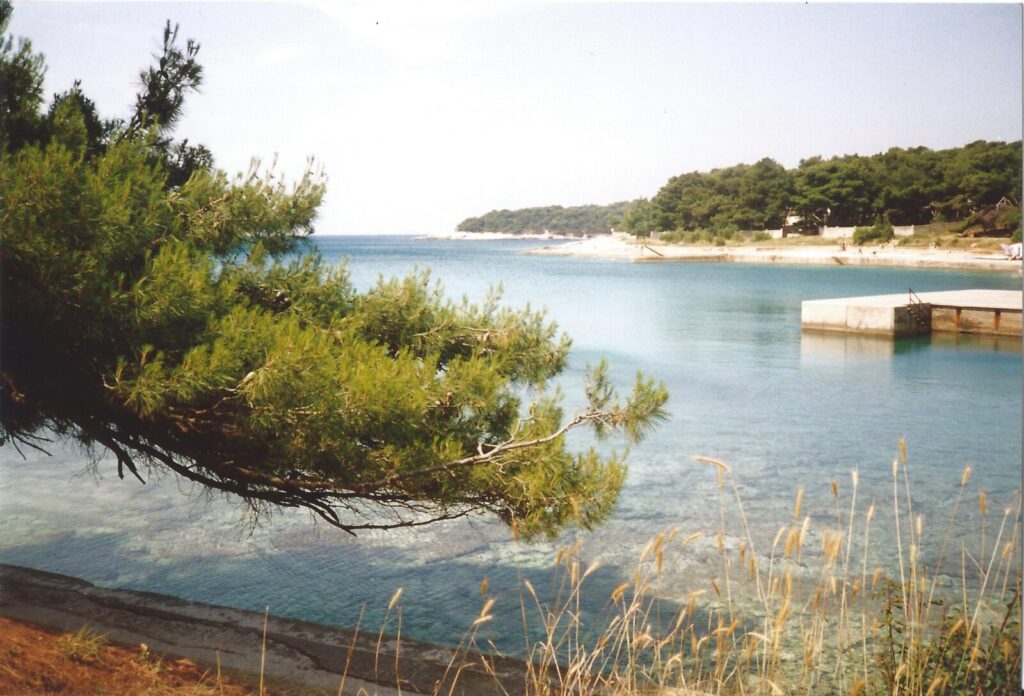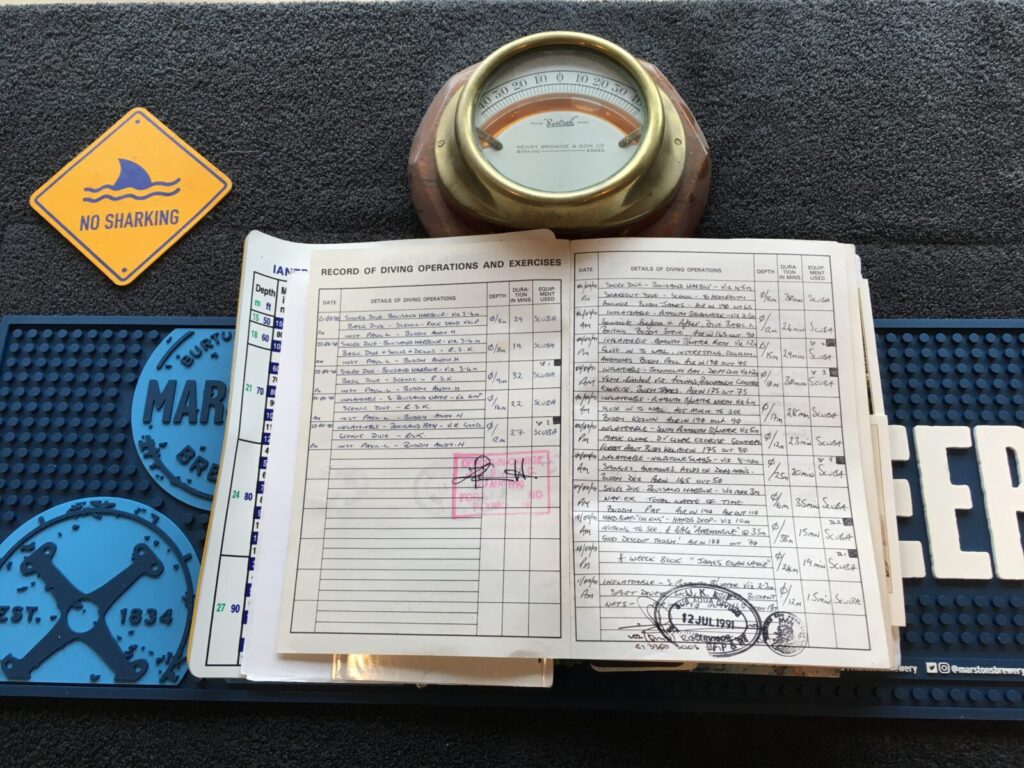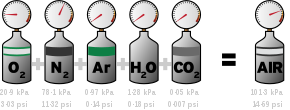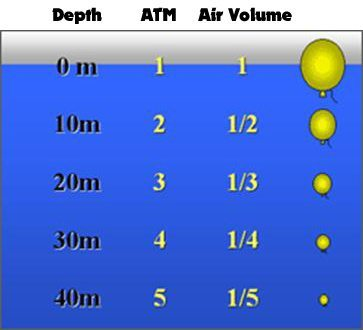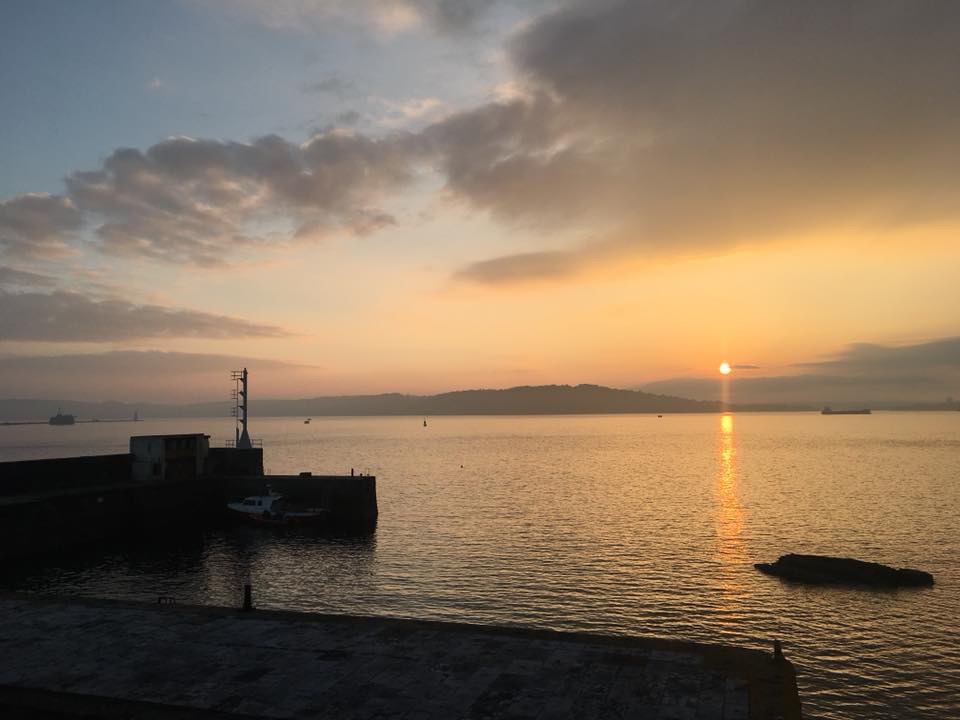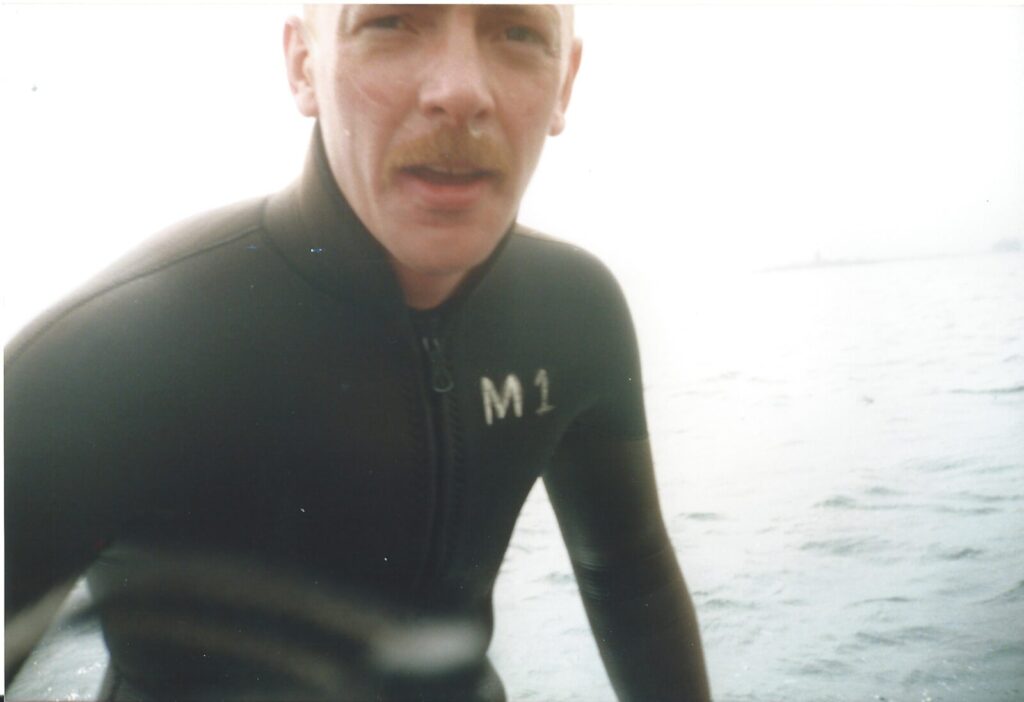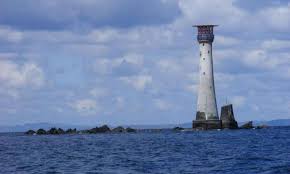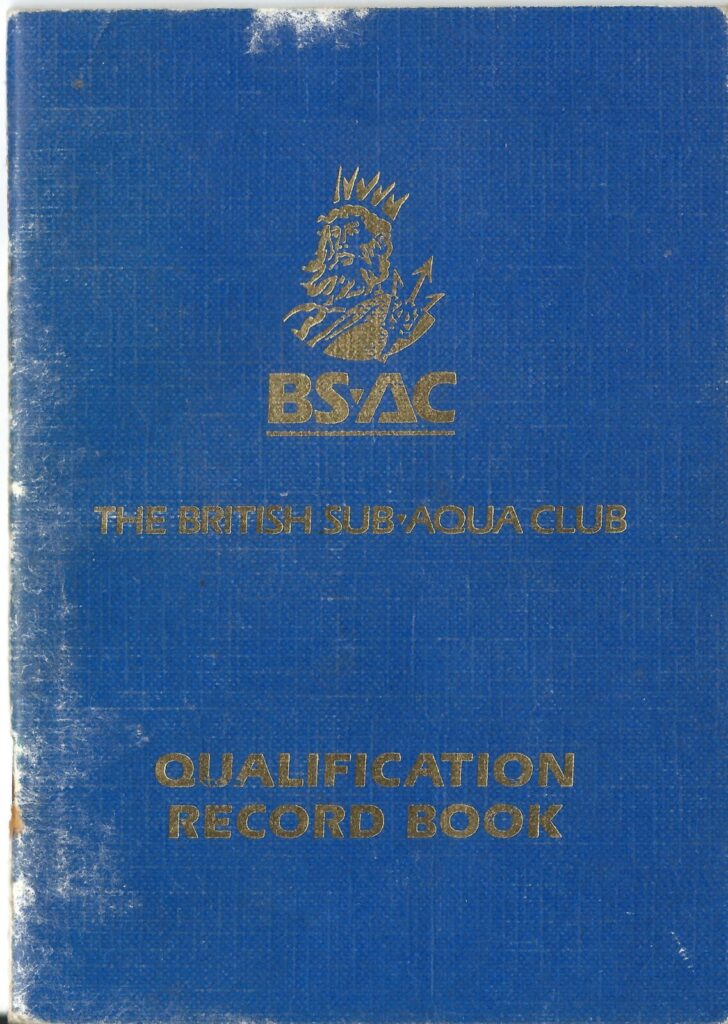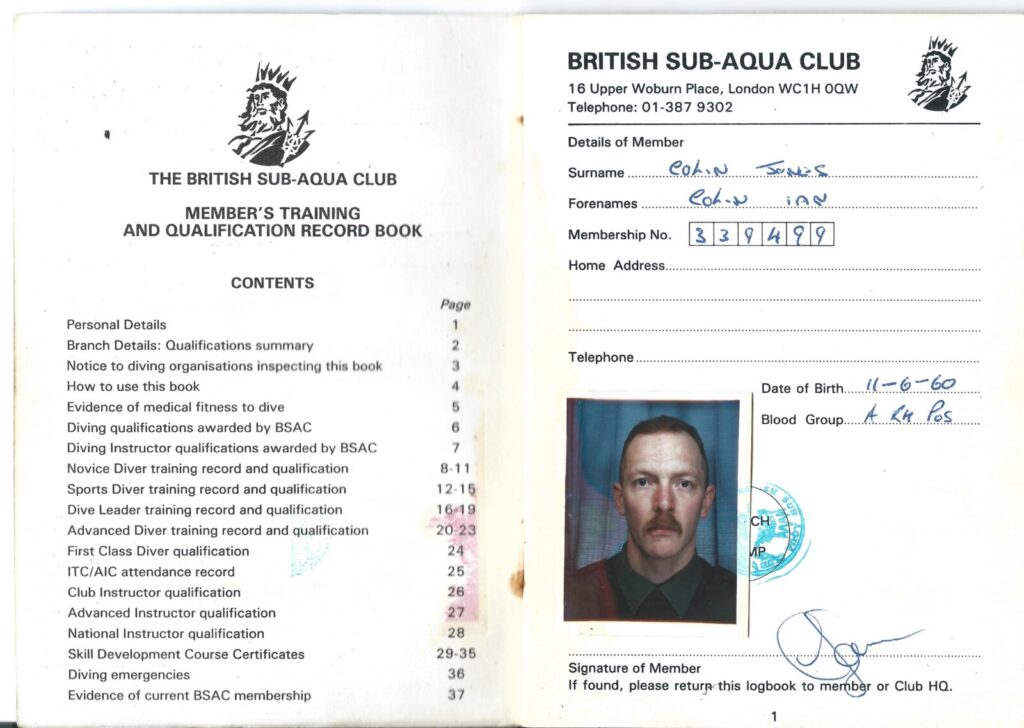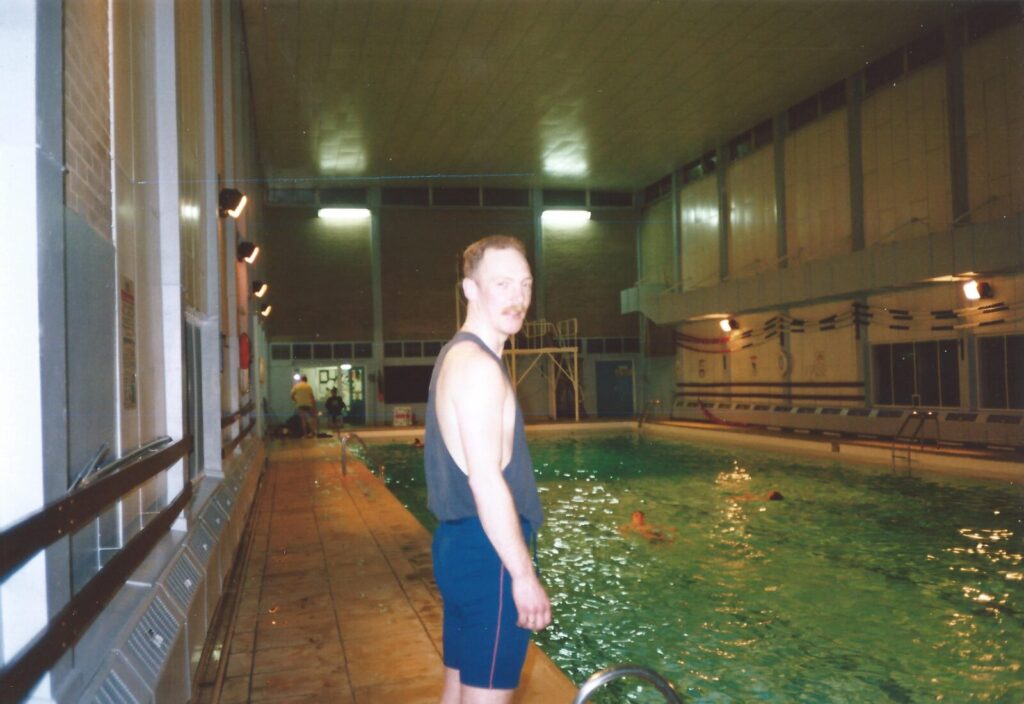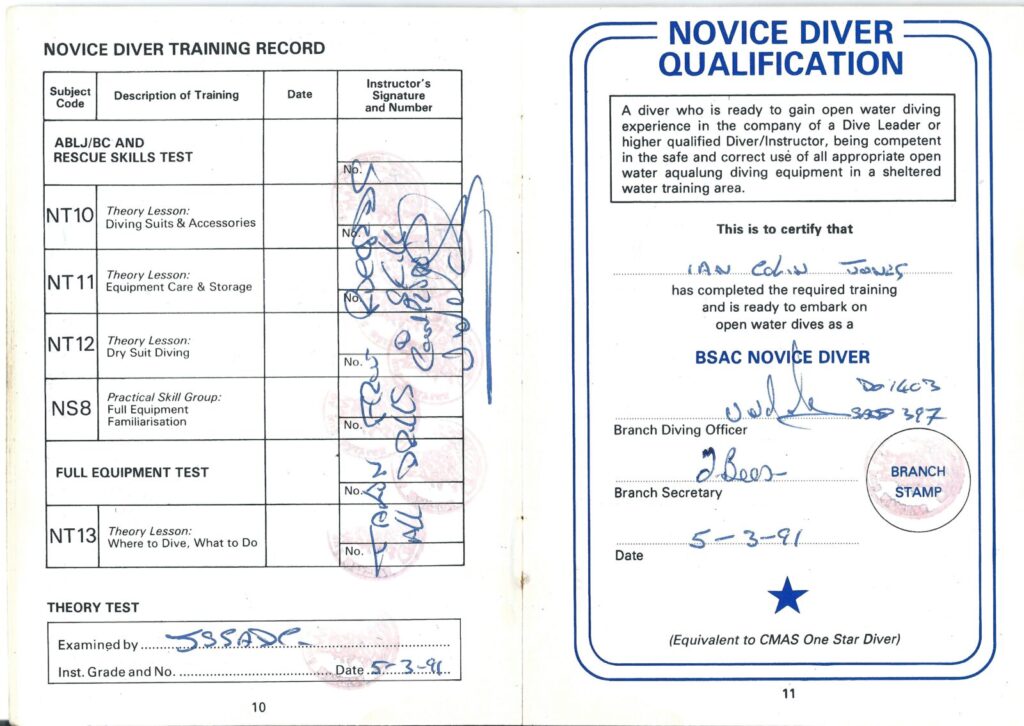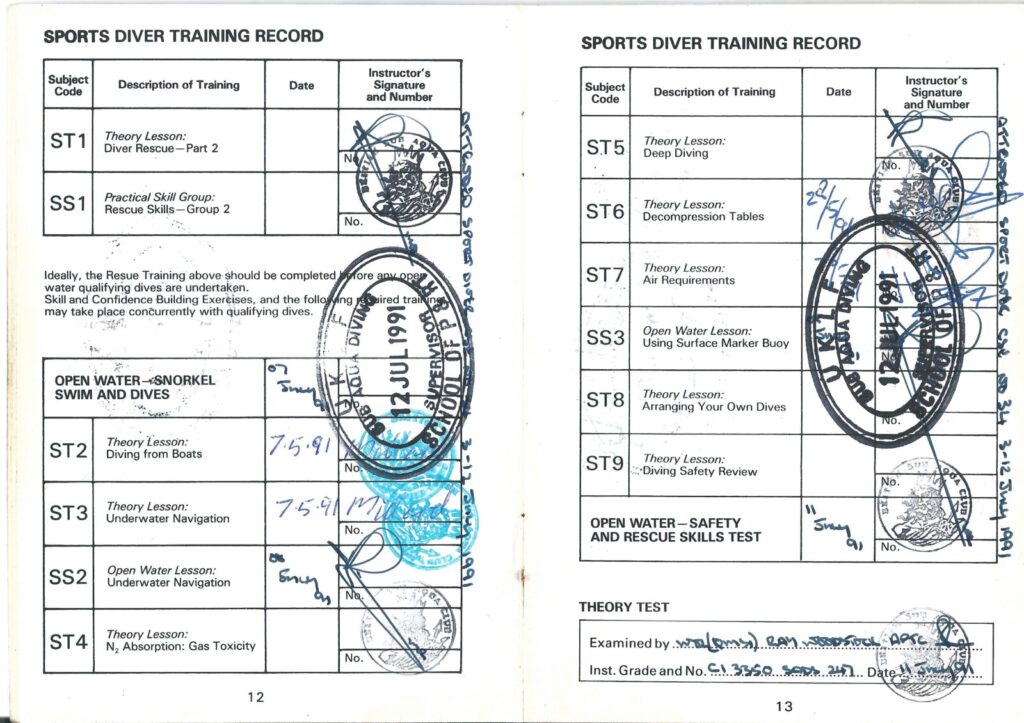AP Valves Inspiration Mod 1
2005 brought about significant change in my diving and personal lives, I had been told I was at risk of redundancy, quietly, by a friend at Finning, and without the knowledge of those bringing about such change. That kind of thing is a significant wake-up call, I had been made redundant once before, by JCB, a couple of weeks before Christmas, a time when I was relying on the JCB Christmas bonus to take care of the family celebrations and presents…I got by, just, but it meant using the credit card heavily and that teaches you a hard lesson. Anyhow, I took the redundancy tip-off seriously and got a job which, sadly, would not allow me the luxury of teaching diving at the weekends, as I’d have to travel down to Andover every Sunday evening to be at work Monday morning…..that meant Deep Blue Diving had to close. I hated that, I’d loved everything about training and those who came to the dive club at Fenton Manor, I couldn’t avoid the feeling I was letting them down, these had been friends, some of them for ten years now, but it couldn’t be avoided and there was no one else to take up the club, so, with the heaviest of hearts, I closed Fenton Sub Aqua Club and Deep Blue Diving in the September of 2005
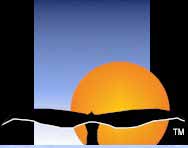
The exercise of closing down involved selling off the training equipment and, as there was no one taking up the activity anytime soon, I decided on putting sets of kit together and using a new (to me) but well established on-line market to make things a little “e-asier”, as it happened one frequent buyer was based on the route to Andover, which helped us both with “postage” fees…… The kit went, bit by bit, and I had already decided I wanted to put whatever I made back into my own diving for once. I’d wanted to try rebreathers out for a while now as the introduction of the AP Valves “Inspiration” had captured my attention since its appearance on the diving scene in 1996, the year I’d set up Deep Blue Diving on leaving the army….. Now the Inspiration was Ten years in, and had established a small but dedicated following in the technical dive arena, it had proven itself both controversial and, with the increasing interest in deeper and more challenging environments like long cave penetrations, a very capable, if somewhat continually developing piece of “uber-tech” that had definitely piqued my interest
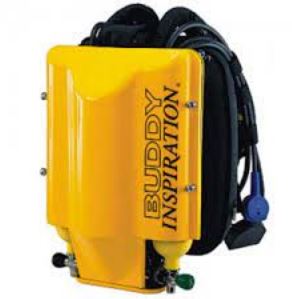
I started to spend time looking for a used Inspiration on the same platform I’d used to sell-off the Deep Blue Diving equipment, there were a few to choose from and I didn’t see there would be any issue if I picked up a decent enough unit and had it serviced by AP to ensure it was in good order. I had a trainer in mind too, Richie Stevens and I had crossed paths a few years back when he had opened “Deep Blue Diving” just a few miles up the M1, much to my dismay at the time. I had thought there would be competition for any diver training or retail outfit, I had not thought that there would be two businesses calling themselves exactly the same, basically on each other’s doorstep! I had spoken to Richie and he came across as a decent enough bloke, ex-military, no harm intended, didn’t even know there was another business called Deep Blue Diving in the UK either. Richie had set up as an exclusively technical operation, his ambitions were beyond those I had for those I trained in the PADI system, even those in the IANTD Nitrox world, Richie was all about Tri-Mix and deep tech diving, so we let things lie between us and eventually Richie moved his business to Plymouth, I didn’t overly miss him at the time to be brutally frank
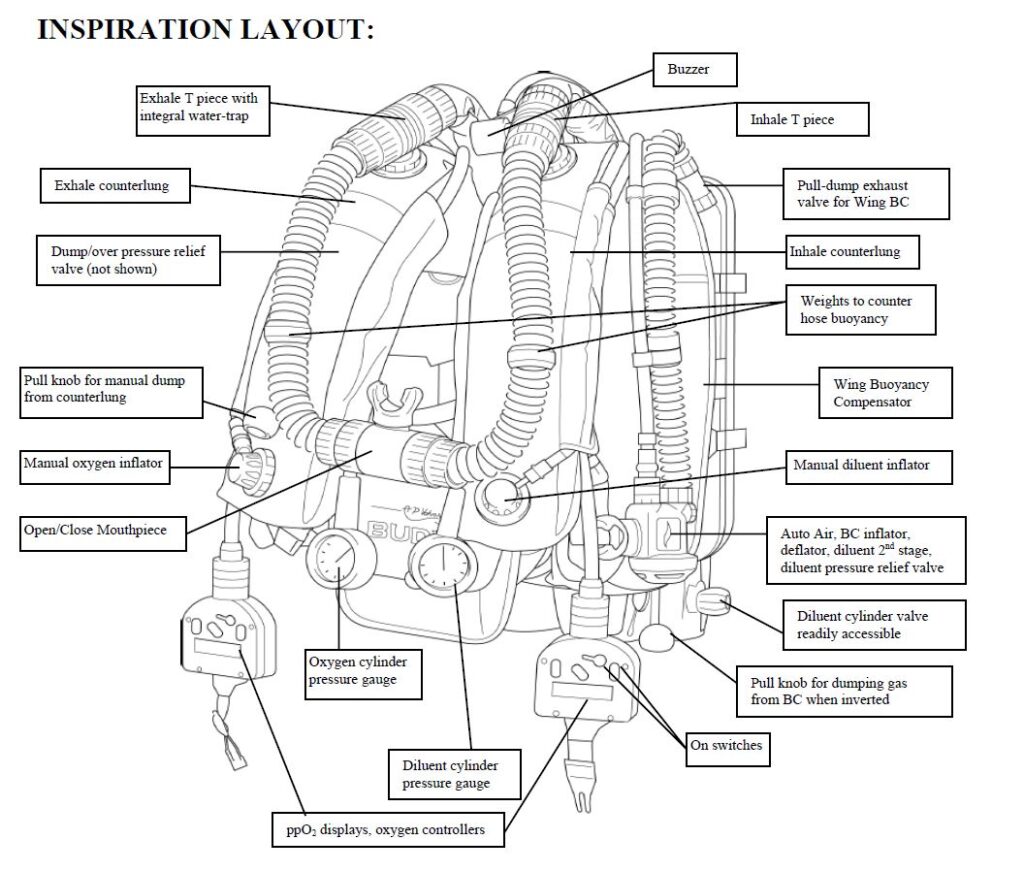
I had something in mind which could benefit both Richie and me, I had the deepbluediving.co.uk e-mail address (and all the “at’s” eg: Training@deepbluediving.co.uk etc) and I figured, with me closing the business, Richie could take it on and perhaps discount me a place on one of his Rebreather courses down at Plymouth…..I got back in touch with Richie and he was up for it, there was a space on an upcoming course, all I needed now was to get my recently acquired, newly serviced, AP Valves Inspiration down to Richie and things could begin. I had the unit shipped down to Richie’s direct from AP valves, it had been fully serviced and checked over and everything was ready to go, Richie was off to Malta to teach a course over there and had a failed unit which could not be properly looked at in time and asked if he could use mine for the trip, I thought that was the measure of the man as he could have used it and I’d have been none the wiser, he chose to be up front about it and of course I said sure, no problem! Now I’d added a personal touch to the case before it went off to AP Valves, a 12” Playboy Bunny….when Richie got back from Malta it seemed that had been declared a casualty during a dive and somehow dislodged….no accounting for taste eh!
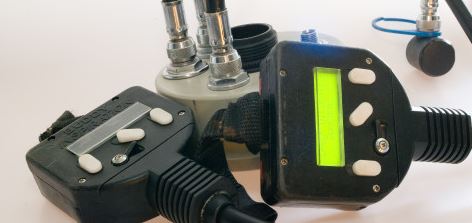
So what was it that sparked an interest in rebreathers, before we head into training territory? I suppose I am naturally curious in the main, any “new” equipment coming into diving would obviously be of interest, but such a profound and ground breaking piece of kit just couldn’t be ignored. The idea that you could have 3 plus hours underwater on one cylinder fill was quite something. Now I understood the basics, exhaled, carbon-dioxide rich, air was “scrubbed” of the carbon-dioxide by a chemical reaction (to soda-lime which absorbs it) and then Oxygen was added back into the air to raise it back to a partial pressure set by the diver as “optimal” for the dive, known as a set-point, and typically 1.3…….All that Nitrox and Tri-Mix training had not been lost on me, I was reasonably confident with the “mechanics” of the rebreather function, what I had no idea about was the physical operation of the units and the failure mitigations……..what did you do if it went wrong? Let’s be honest, open circuit scuba equipment has a likelihood of failure too, leaks & free-flows can quickly loose your gas, whatever you are breathing, a failed regulator can seriously ruin your day….but those things were pretty easily rectified, twin-sets & travel gas increase your gas supply, manifolds allow you to shut down a free-flow, two regs are always dived as a matter of course and have been for decades now……but a closed loop, driven by an electronic solenoid and oxygen cells that were only recently NASA “Space” technology…..and that requiring an electric current to read Oxygen levels…….there was a lot to go wrong and, typically, no matter how good your waterproofing, electricity and water do not go well together….especially salt water!
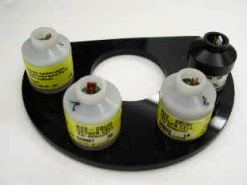
I finally managed to get down to Plymouth in June of 2006 and met Richie Stevens face-to-face for the first time, he didn’t disappoint, years younger than me, (far prettier too) but direct and unassuming with an engaging demeanor, I couldn’t help myself liking him, I also seriously respected his military past which far surpassed my own service, I was going to be trained well, I knew it, and looked forward to the course from the off. I was introduced to the others on the course and hit it off with another trainee Mike Baker, a studious and intelligent guy who would buddy with me on the training and diving sections of the weekend. Mike had the brand new AP Valves “Evolution” which had different handsets, and a temperature stick through the Soda-Lime to indicate when the Carbon-Dioxide scrubbing was becoming carbon-dioxide “saturated”…..a leap beyond my “standard” Inspiration unit. The first morning was hectic, demonstrations on the units, sofno-lime (Soda-Lime by any other name) filling, electrics & pressure checking cycles, dive-set up & pre-breathing the units, it was fast paced for a reason, we would be out in Cawsands Bay for a check-out dive later in the day and my Green Navy Log records “19/06/06 Plymouth Cawsands bay Rebreather trg with Richie 11m bailout drills time after time! Swimming the line – good drills air in “who cares” out – loads! Buddy Mike” The unit had impressed me, clearly
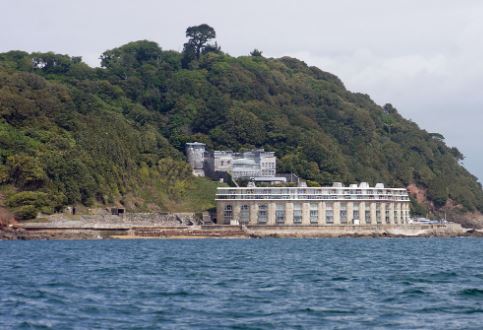
The next dive was on HMS Scylla, there is a piece on here dealing with the difference between what is and what is not a wreck as far as I am concerned, suffice to say Scylla is not on my to do list, and never was, but the Log records: “20/06/06 Scylla Plymouth Bigbury awkward descent, mask was flooding constantly, poor feeling throughout but skills were good on dill flush Scylla was boring. Buddy Mike” seldom has a ship been described so briefly in my diving history…..Dill is the “Diluent” which is a balancing gas, air, until you take the second or third closed circuit rebreather module courses for the Inspiration when it will become Nitrox or Tri-Mix depending on the module taken. The Inspiration has 2 off 3L cylinders either side of the Soda-Lime canister, one is Diluent and the other is Oxygen. Our third dive on the afternoon run out was again Cawsands bay, nothing to see on the bottom but muddy sand and the odd crab or small fish scattering off as we swam, with Richie showing prompt cards stating various failure scenarios on the rebreathers, which we reacted to according to the training we had been given during the weekend, the next dive records: “20/06/06 Cawsands Bay Plymouth Skills & drills – failed solenoid (closed) diluent flush – several times including bail-out to O/C then solenoid open – Oxygen Off bail to O/C & then return to loop. After this running the line manually injecting to keep 1 bar (on 0.7 set-point) batteries failed & had to bail early but completed 3 runs. Air In – Sure was – Air Out – !! Buddy Mike” I had nearly used all the Air diluent flushing the system for the drills and definitely did not have 50 bar remaining on surfacing…….

I was becoming more confident in the Inspiration with every dive and I was beginning to understand the various failures that can occur when using the units, a sobering thought considering the relative simplicity of open circuit when compared to the multiple and immediately life-threatening potentials of the rebreather, the units were not for those inclined to just kit up and drop-in….. I wasn’t fazed by the potential for failures, every dive, on any equipment, can easily become your last……however I was beginning to understand why the units had earned themselves the rather dark reputation as the “little yellow box of death” or YBoD for short. It is also a sobering thought to remember that there were no specific “unit” failures recorded, so far as I know, rather the underlying “operator error” attribution, to those who had lost their lives over the decade as the units had established a presence in the diving world. I was, by this time, a keen lurker on Rebreather World, the on-line forum where any and all incidents became the topic of heated conversation, often in the earlier days, before there had been any “official” statement as to the circumstances under which the unfortunate diver passed. There wasn’t only the Inspiration either, there were other makes (although the only CE marked unit was the Inspiration) there were, Kiss, Megalodon, CIS Lunar, Prism, Draeger and rEvo’s to name but a few that I recall from the time, those would be followed by the Poseidon, the Abyss and the Oruborous and now several more too! It seemed you could pick your favourite from those that electronically controlled (ECCR) all but minor manual functions like the Inspiration, to those that were almost exclusively manually controlled like the Kiss, and a range of “in-betweens” like the Megalodon and rEvo although I have no personal experience on any of the other models mentioned here
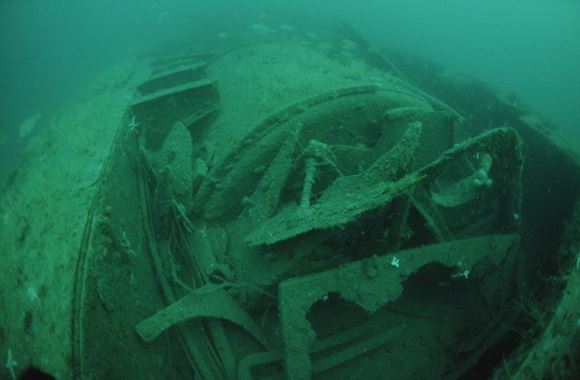
The next dive on the Inspiration was HMT Elk, you can find the write-up elsewhere on this blog (you know where to look) and the Green Navy Log records a great dive too: “21/06/06 HMT Elk – Plymouth Sound – 30m rebreather dive – descent was ok, wreck was fine with the usual Bib & Pollack & one Cuckoo Wrasse, Viz ok @ 3m or so & silty but ok, dive was simple getting used to the Inspiration ascent was ok but last 6m was a nightmare fighting the solenoid – the loop & the suit Buddy Mike” Now it bears saying the most dangerous part of the dive on a rebreather is potentially the ascent…… as the ambient water pressure reduces all your buoyancy will increase as the suit and your buoyancy aid (wing, stab, counter-lungs….whatever) volume increases proportionally. With the rebreather there is an added hidden danger because the partial pressure of the Oxygen in your breathing loop will drop, it’s a physics thing, increase depth, increases pressure, then partial pressure of Oxygen in your breathing gas increases….on ascending where the pressure drops, very quickly in the last 10m or so, then the reverse occurs and your partial pressure of Oxygen decreases…..and can do so to the extent you are breathing too little Oxygen and become unconscious with the potentially terminal effects that can have in water. Here’s the “rub” if you will…..to counter that effect as well as electronics can in the circumstances, the Inspiration solenoid, the means of controlling the injection of Oxygen into your breathing gas, fires and adds Oxygen to try to maintain the reducing level as you ascend (to the set-point you have selected, 1.3 or 1.5 etc)…….anything but the slowest of ascent becomes a fight between the sensor telling the solenoid there is insufficient Oxygen and the solenoid injecting Oxygen into the loop which increases your buoyancy, and your innate sense that increased gas in the system is speeding your ascent, along with swells in the sea, increased suit volume, increased wing/counterlung volume and decreasing depth……..so an ascent becomes a balancing act of air and breathing gas management…..not as easy as it sounds, as I was beginning to understand as I ascended from decompression after an hour on the Elk!
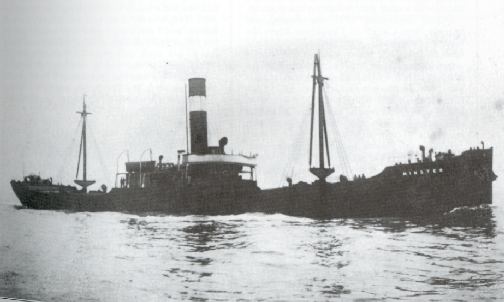
Our next dive was another skills & drills run in Cawsands Bay and went like this: “21/06/06 Cawsands Bay Plymouth Again Skills & Drills – High 02 warning whilst swimming the line – fine – bail out – back on & dill flush then running Po2 manually off the cylinder – no problems, repeated several times on the run then flooding drills – no prob ascent was great till 6m then same issues – fighting it all the way to deploy – pants Buddy Mike” Was I ever going to master the solenoid versus buoyancy issue….I wasn’t sure, but I wasn’t through just yet! The next day we would be on the Rosehill, not a wreck to write-up in this account, one I will look to do in the wreck section of the blog some time perhaps. The dive was recorded in the Green Navy log as: “ROSEHILL WHITSANDS Bay Plym Slow descent – ears taking time to clear – finally enjoyed the Inspiration a great dive even though I was feeling poor! Did the whole wreck – prop – stern gun – up to the boilers & back great dive & buoyancy was 100% better – DSMB up properly at last about time! Buddy Mike & Pete” It seemed I was finally getting the hang of the ascent on the Inspiration and, as the dive record says, about time too! The last dive of the Mod 1 course was on the James Egan Layne, one of my favourite South Coast Wrecks, it has everything, history, drama, and wonderful presence where she sits, skeletal now, in Bigbury Bay split from the emergency steering room and stern with about 100m between her main hull and a myriad of swim throughs and nooks and crannies waiting to be sifted through if the often huge Atlantic swells don’t make the dive too exciting……..This was a very brief description of a great dive on her beautifully rounding off the Inspiration Mod 1 course, the log records: “22/06/06 JAMES EGAN LAYNE a great dive round all of the Layne – much more of a collapse than ever before but great running through the holds & off to the stern then back in & through to Oxygen flush @ 6m stop to prove linear continuity on the sensors – DSMB & off – great dive Buddy Mike & Pete”…….That was it, it was done and Richie certified me as a Mod 1 Inspiration diver……..where would it all lead from here?
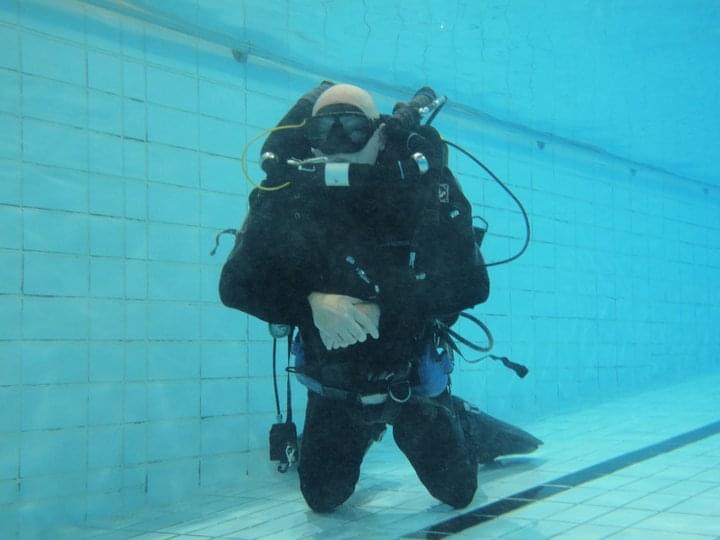
As always it is a privilege to use photos others have taken to illustrate such pieces as this and I am indebted to the late Peter Mitchell for the Elk & Rosehill pictures

